In order to implement Resolution No. 57-NQ/TW of the Politburo on breakthroughs in science and technology development, innovation and national digital transformation, as well as the contents mentioned in Resolution 36-KL/TW of the Politburo and Decision No. 1595/QD-TTg of the Prime Minister on strengthening digital transformation, modernizing the management and operation of dams and irrigation reservoirs, and performing the tasks assigned by the Ministry of Agriculture and Environment , on the afternoon of November 21, the Department of Management and Construction of Irrigation Works coordinated with the Agriculture and Environment Newspaper to organize the Forum "Digital transformation, application of technology in the operation and safety of dams and reservoirs" in Hanoi .
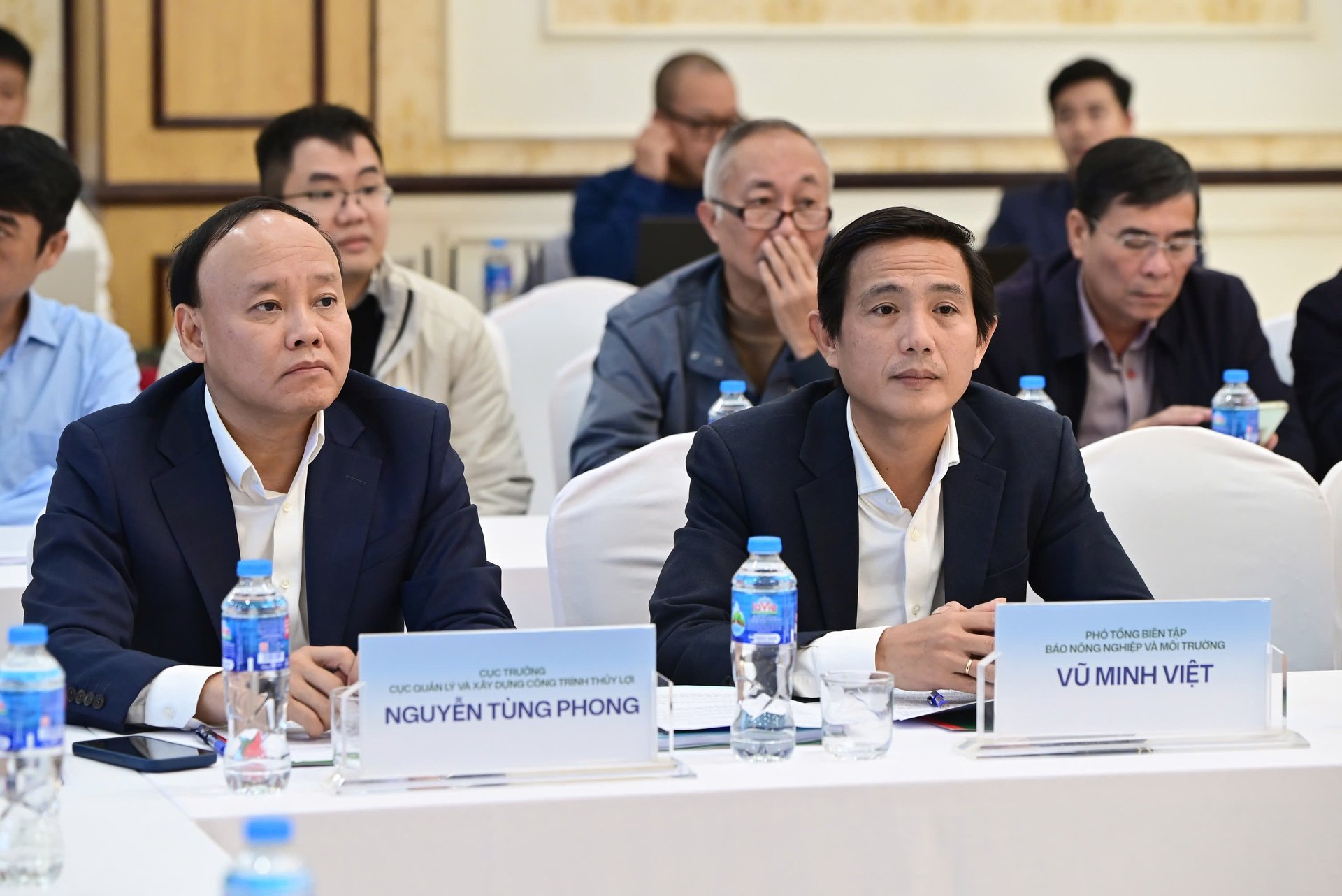
The Department of Irrigation Works Management and Construction in collaboration with the Agriculture and Environment Newspaper organized the Forum "Digital transformation, technology application in operation, ensuring safety of dams and reservoirs", on the afternoon of November 21.
The forum aims to create a space for managers, experts, scientists, businesses, and local authorities at all levels to exchange and share experiences and orient the digital transformation roadmap in the management of dam and reservoir safety with three strategic pillars: ensuring absolute safety of works in adverse weather conditions, effectively reducing floods for downstream areas, and providing effective, multi-purpose water supply.
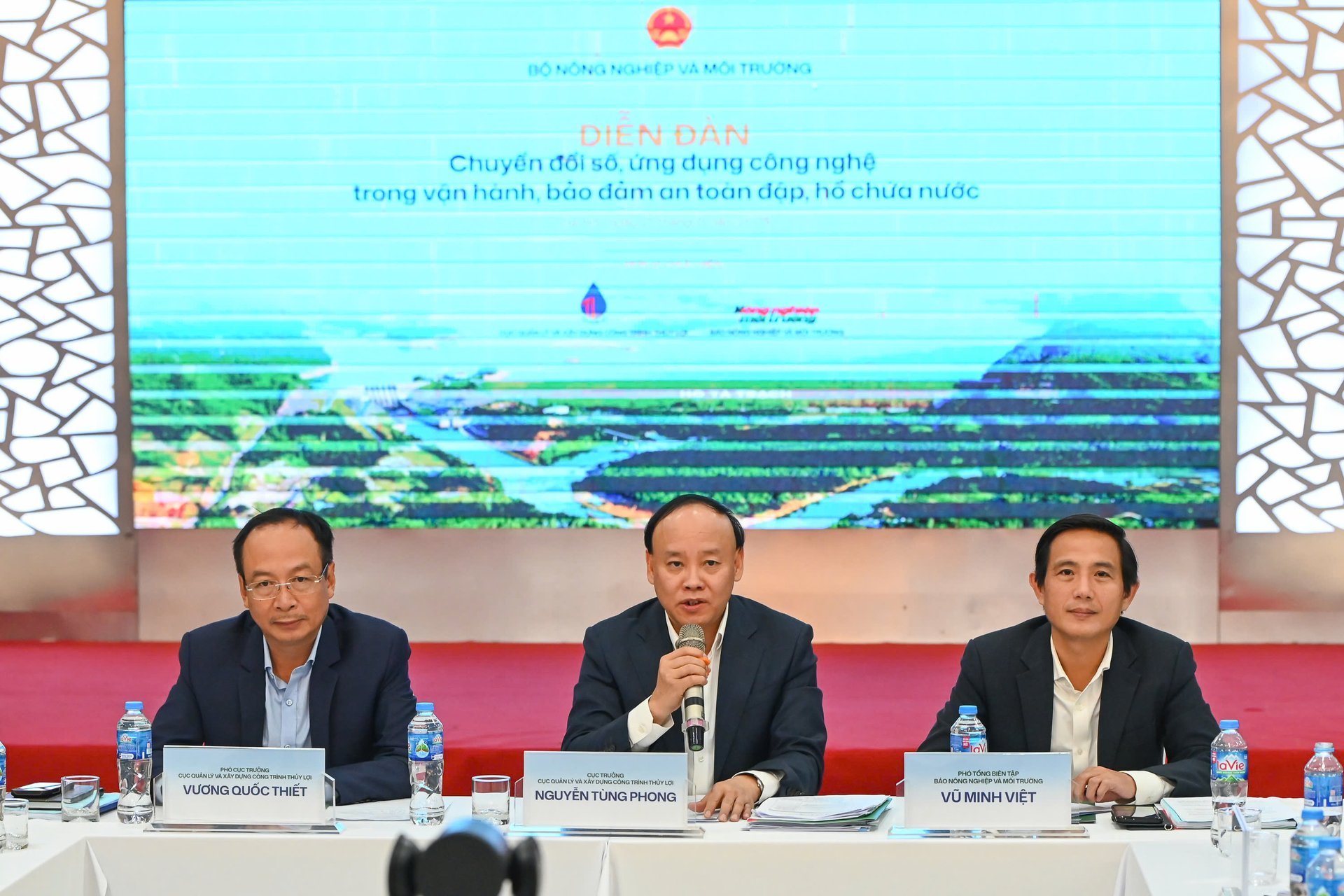
Leaders of the Department of Irrigation Works Management and Construction and Deputy Editor-in-Chief of Agriculture and Environment Newspaper chaired the discussion session within the framework of the Forum.
The forum was attended by delegates from units under the Ministry of Agriculture and Environment, institutes, schools, centers; representatives of central ministries, branches, international partners, about 30 press agencies and representatives from localities such as the Department of Agriculture and Environment, the Irrigation Sub-Department, large reservoir management units, and People's Committees of communes with dams and reservoirs in the area. Technology enterprises such as WeatherPlus, Vrain and representatives of professional associations (Vietnam Association of Large Dams and Water Resources Development, Irrigation Association, Irrigation Association...) will present their experiences and propose solutions.
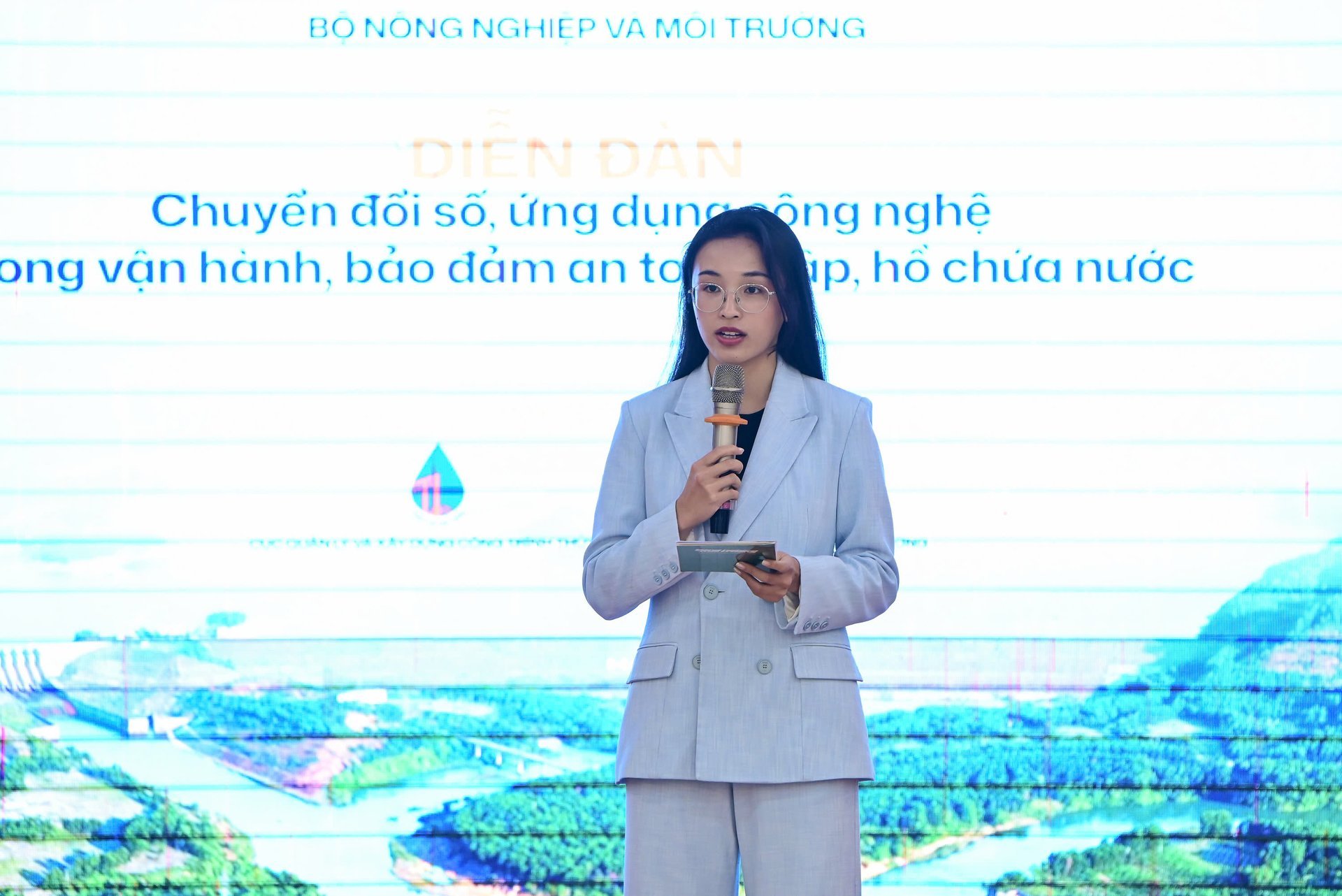
The forum "Digital transformation, technology application in operation, ensuring safety of dams and reservoirs" was held in Hanoi, in both in-person and online formats, on the afternoon of November 21.
Experts, policymakers, and businesses will share presentations on the practical application of technology and databases in supporting the operation of irrigation works; smart management and operation models by basin; data services and solutions to ensure reservoir safety during the flood season; and building a database for rapid risk assessment of medium and small dams using the DRAPT method within the framework of the Vietnam - New Zealand Dam Safety Project.

A large number of delegates, speakers, and reporters from press agencies were present at the live broadcast of the Forum "Digital transformation, technology application in operation and safety assurance of dams and reservoirs" on the afternoon of November 21.
In addition, the forum will discuss experiences in flood regulation operations and recommendations to improve the effectiveness of digital transformation in ensuring the safety of dams and reservoirs.
All Summary
17:30
Don't buy equipment, buy solutions, focus on data services
At the end of the Forum, Mr. Nguyen Tung Phong, Director of the Department of Management and Construction of Irrigation Works (Ministry of Agriculture and Environment), emphasized that this year's weather situation is "abnormal and extreme" with a series of storms No. 5, 9, 10, 11 moving very quickly, with trajectories completely different from the rules of many years, with heavy rain and extreme rain repeating, many places recording "historic" values. Even the Mekong Delta has seen unusual tidal phenomena.
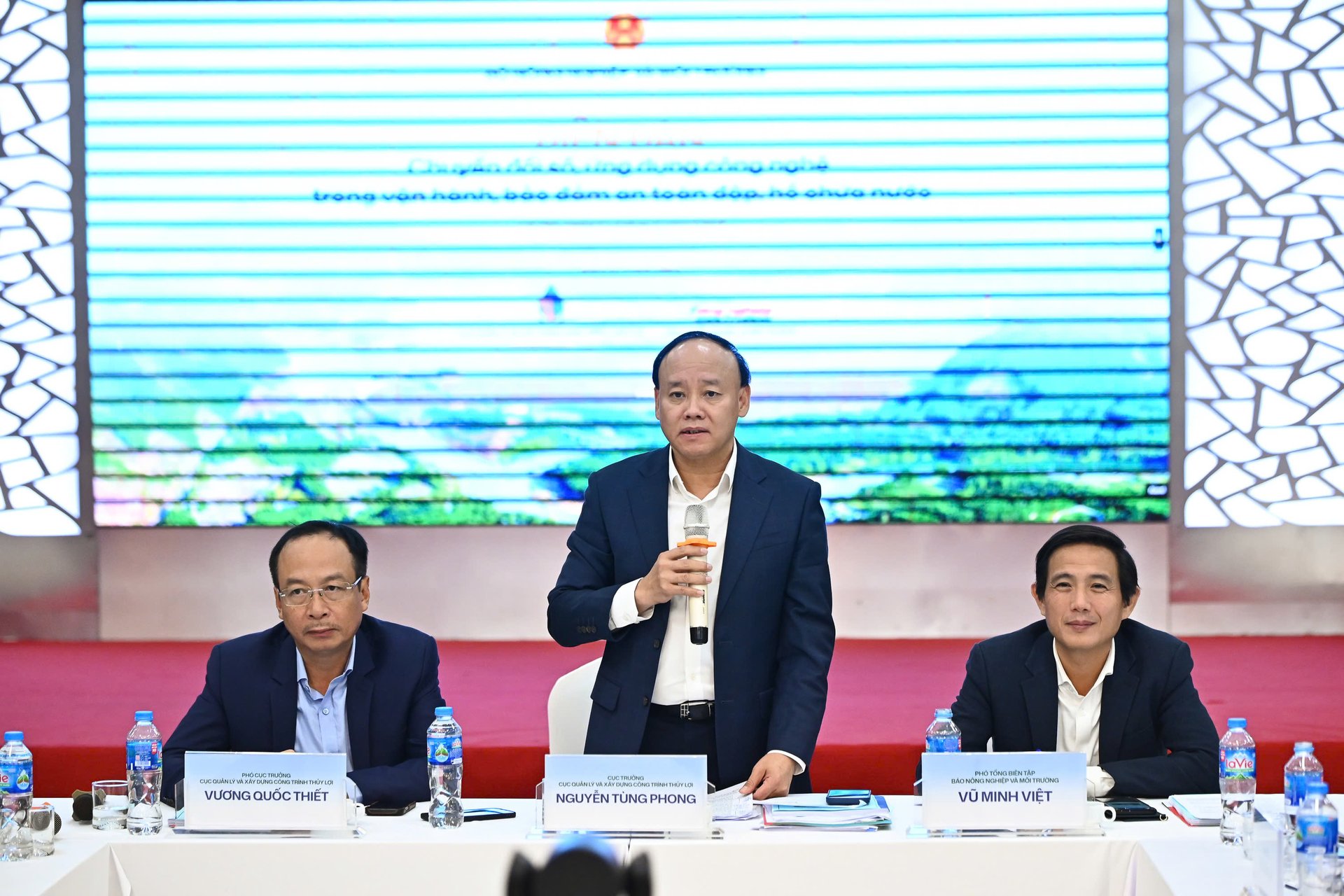
Mr. Nguyen Tung Phong, Director of the Department of Irrigation Works Management and Construction (Ministry of Agriculture and Environment), delivered a closing speech at the Forum.
In that context, the story of safe management and operation of dams and reservoirs faces completely new requirements. According to Mr. Phong, this Forum aims to concretize Resolution 57 on digital transformation and the task of ensuring the safety of dams and reservoirs.
Regarding the results, the irrigation reservoir system in the past two years has basically complied with the operating procedures. Many reservoirs such as Cam Son, Nui Coc, Ta Trach... have played a good role in reducing floods. Some reservoirs have reduced the discharge flow by up to tens of percent compared to the flow into the reservoir, contributing significantly to protecting downstream areas.
However, the overall flood control efficiency “still falls short of expectations”, especially in reservoirs with only free spillways, without regulating gates, or reservoirs that have not proactively lowered their water levels to welcome floods due to lack of confidence in forecasts. He pointed out a series of fundamental problems.
Firstly, many current single and multi-reservoir operating procedures are built on old historical data series, not reflecting new extreme values in the last 2-3 years, when rainfall can be 4-6 times higher than the monthly average and floods far exceed previous records. This requires a review of how to determine design frequency and probability, both in planning, project design and construction, and adjustments to operating procedures.
Second, the current process is still heavily focused on "stability", while in reality, rainfall and flood data fluctuate very quickly, requiring a more flexible operational approach, but still prioritizing downstream safety according to the direction of Party and State leaders.
Regarding orientation, Mr. Phong said that it is necessary to strongly shift to the approach of “risk management and risk governance”, unified management by basin and inter-basin, instead of just looking at each lake or each industry. Solutions must combine both “hardware” and “software”: both renovating and upgrading works to meet new requirements, and promoting the application of technology, data and forecasting models. The tasks of reservoirs must be clearly defined as multi-purpose: reducing floods and ensuring safety of works, protecting downstream areas, and providing water for people's lives and production.
Therefore, it is necessary to study increasing flood prevention capacity in many lakes by considering flexible use of the difference between normal water level and design flood level, instead of just "keeping safe" in the old way.
Regarding the digital transformation content, the Department has assigned identification codes to about half of the more than 86,000 projects, and is coordinating to complete the industry database standards, first of all for reservoirs. The future direction is to build a shared database, with a unified format, updated by localities, and a shared decision support software for reservoir management and operation.
The State will limit widespread investment in sensors, measuring stations, and SCADA; instead, it will "buy services" of data and decision support services from technology enterprises, in the spirit of socializing digital transformation: not buying equipment, but buying solutions.
Along with that, he requested to improve forecasting and warning capacity, connect and effectively exploit data from systems such as Vrain, forecasting service providers, rainfall - flow and hydraulic models. The goal is to gradually move from "forecasting" to the level of "sufficiently reliable notification" so that the operating unit can boldly lower the reservoir water level to receive floods, making the most of flood prevention capacity while still being safe.
Regarding institutions, Mr. Phong said that the Ministry plans to submit to the National Assembly amendments to the Law on Water Resources in the 2027-2028 period and consider amending and replacing Decree 114 after fully summarizing the recent extreme developments. Issues such as pre-flood water level adjustment mechanisms, flexible operations, increasing flood prevention capacity, standardizing databases and shared software will be studied and included in these documents.
Based on the opinions at the Forum, the Department will synthesize and arrange a specific plan to advise the Ministry's leadership in the coming time, with the goal that when sitting down in a few years, we can clearly see the progress in ensuring the safety of dams and reservoirs and minimizing damage caused by natural disasters.
17:10
Assign identification code to each irrigation project
According to Mr. Dang Duy Hien, Deputy Director of the Department of Digital Transformation (Ministry of Agriculture and Environment), in the digital age, the application of information technology does not mean digital transformation, but digital transformation must be based on information technology. For irrigation works and dams, each work needs to be assigned a unique identification code for strict and transparent management.
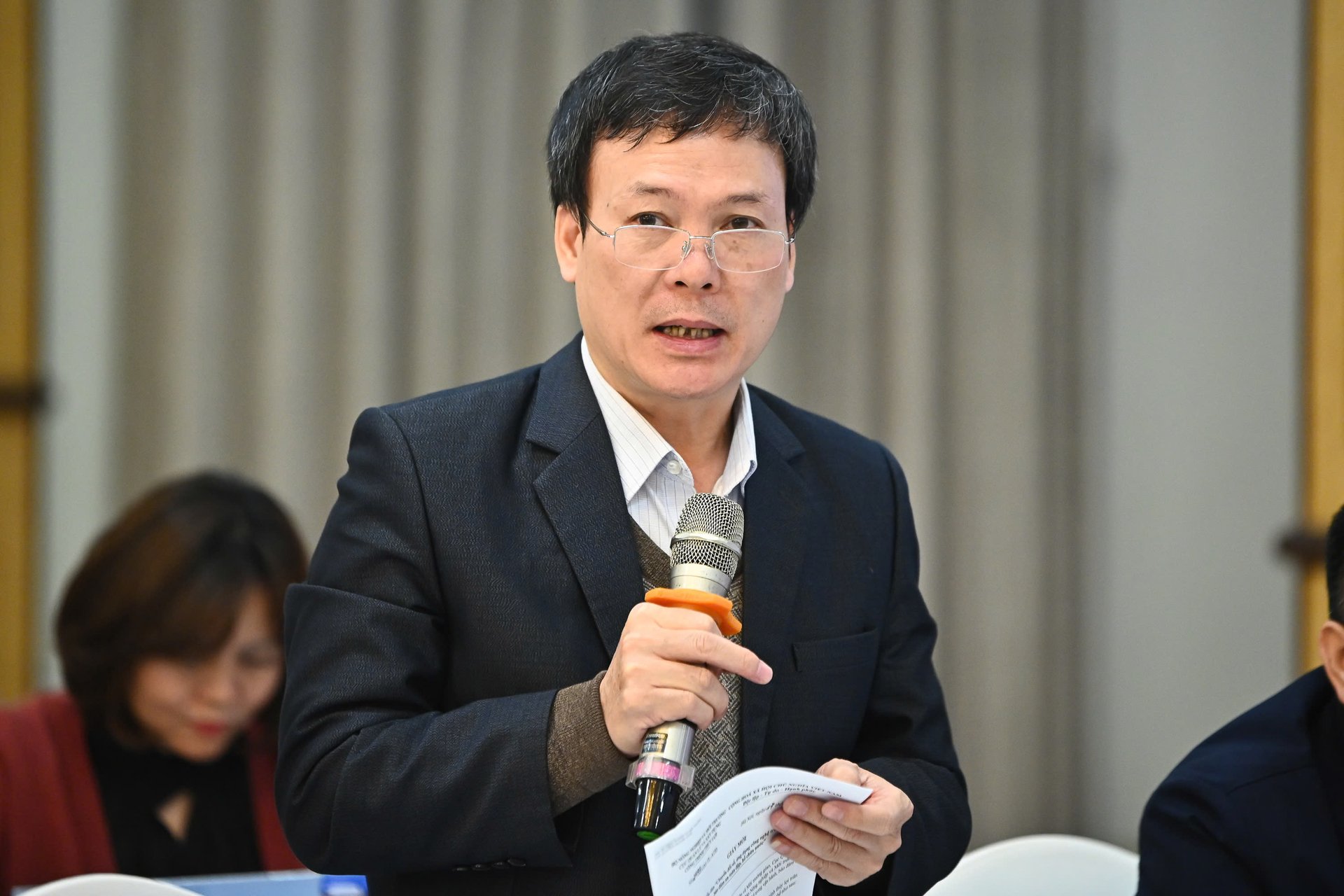
Mr. Dang Duy Hien, Deputy Director of the Department of Digital Transformation (Ministry of Agriculture and Environment).
Digital transformation must start from digitizing existing data, ensuring that information is correct, complete, clean, alive and consistent, taken directly from the source, avoiding incorrect or inaccurate data. When there is standard and complete data, the management system will help monitor, operate and coordinate dams in real time, support flood forecasting, effectively reduce floods downstream, optimize the exploitation of irrigation water, domestic water and hydropower.
Digital transformation also helps strengthen inter-reserve and inter-sectoral coordination, improve data-based decision-making capabilities, and reduce operational costs and risks. According to Mr. Hien, it is important that management agencies join hands to synchronously deploy, bringing irrigation works into the digital age for smart, modern management, meeting safety requirements and sustainable development.
17:05
There must be unified management of database and economic and technical norms.
Associate Professor Dr. Hoang Thai Dai, representative of the Vietnam Irrigation Association, stated that the capacity of Vietnamese engineers and experts is not inferior to that of developed countries. He said that many irrigation officials have been trained abroad, mastered modern technology and can even teach it to international partners. This confirms that Vietnam has enough high-quality resources to master calculation, simulation and operation technologies in the field of water resources and dams.
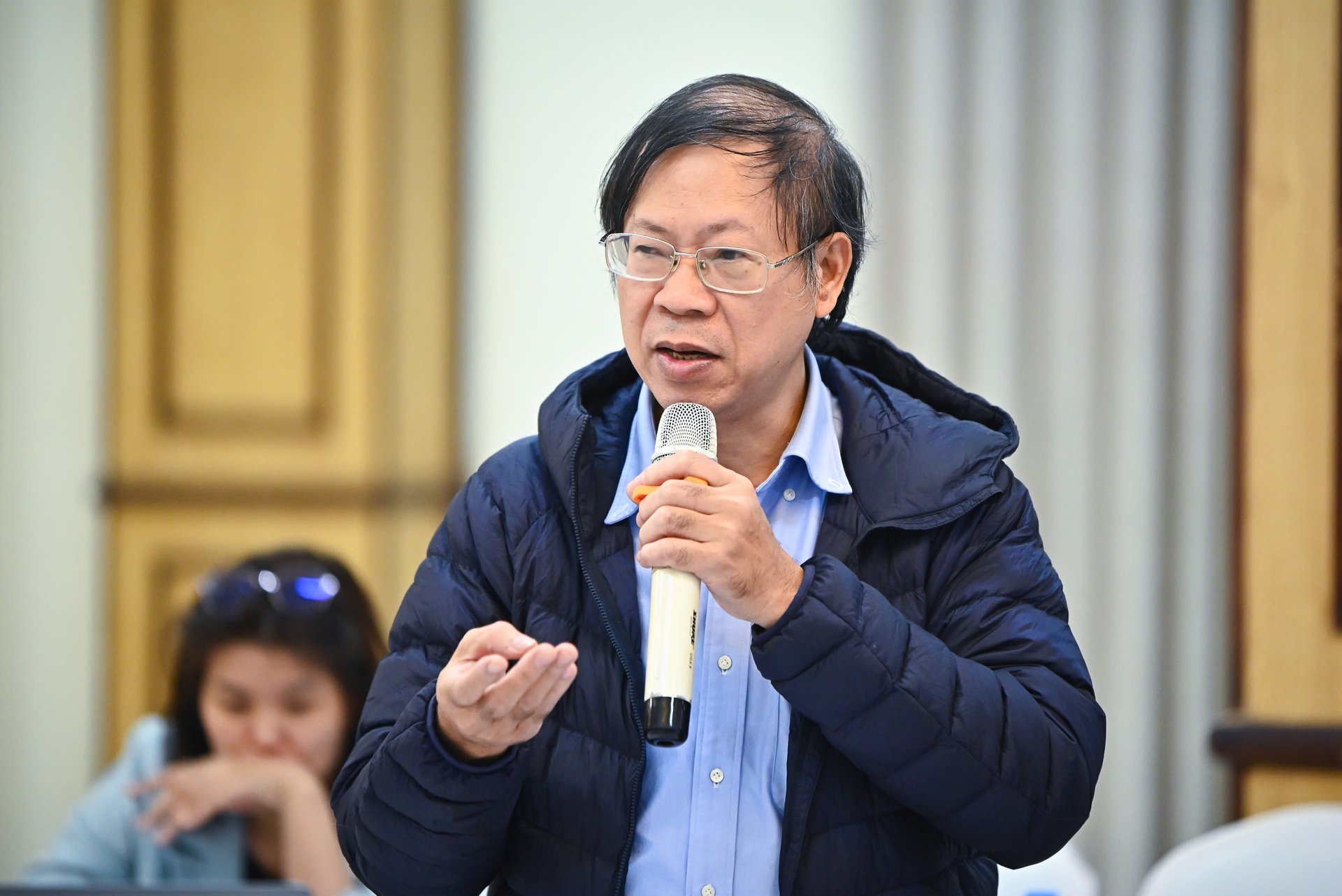
Associate Professor, Dr. Hoang Thai Dai.
Mr. Dai shared a concern that has lasted for many years: the state management of water resources was previously dispersed among many agencies, leading to overlap and lack of unity. The merger and consolidation of the current management model, especially when the Ministry of Agriculture and Environment has been merged, is a very positive signal, because this is a condition for unification from policies, databases to monitoring infrastructure systems.
He emphasized that technology is very developed today, with good software and modern equipment, but data is still the “core asset” and the weakest point. Monitoring data, especially data from the national hydrometeorological monitoring network and the station network of irrigation companies, is still scattered, not standardized or interconnected.
The situation of station distribution “dense in some places, sparse in others”, as the business representative pointed out, is a visible problem but has not been thoroughly resolved. To use technology effectively, according to him, the problem of data and monitoring infrastructure must first be solved.
Associate Professor Dr. Hoang Thai Dai said that no matter how advanced the equipment or software is, the role of state management is still the decisive factor. The state must coordinate and unify the management of water resources and dam systems from the central to local levels; issue standards, procedures, and economic and technical norms; and at the same time organize training for staff with the capacity to operate new technology. Training high-quality human resources is not only for management agencies but also for enterprises exploiting irrigation works and local operating units.
Mr. Dai reiterated the lessons of operational conflicts between hydropower and irrigation in the previous period, when the two sectors operated separately, each with its own goals. According to him, in the new context, when the Ministry of Agriculture and Environment unifies the management of water resources and irrigation works, it is necessary to coordinate more closely with the Ministry of Industry and Trade and the Ministry of Construction to handle inter-sectoral issues. He said that only when there is a unified coordinating agency, combined with complete data and synchronous monitoring infrastructure, will inter-reservoir operation policies become practical.
Associate Professor Dr. Hoang Thai Dai highly appreciated the fact that management agencies, localities and businesses sat down to discuss. Conferences like this, according to him, help "dig up" the problem, see the current situation more clearly and most importantly, create a foundation for joint research and propose solutions with the Ministry and the Government to improve management work, ensure dam safety and reservoir operation in the coming time.
16:50
Suggesting many cooperation programs between Vietnam and the Netherlands in dam management
Ms. Pham Minh Uyen, senior policy advisor at the Embassy of the Netherlands in Vietnam, shared that the purpose of attending the Forum is to learn and suggest directions for cooperation between Vietnam and the Netherlands on climate change adaptation in the future.

Ms. Pham Minh Uyen, Senior Policy Advisor at the Embassy of the Netherlands in Vietnam.
Ms. Uyen emphasized that Dutch experts both cooperate and learn from Vietnam's experience, and are willing to share knowledge on the application of science and technology, artificial intelligence, big data and human resource development. At the same time, they are willing to implement programs connecting research institutes and universities of the Netherlands with Vietnam, especially in the field of dam safety, to improve the professional capacity of both sides.
According to the representative of the Dutch Embassy, cooperation is not only about transferring technology from the Netherlands to Vietnam but also about learning and sharing bilateral experiences, creating a foundation for sustainable development for both countries.
16:40
There needs to be a focal point to control, standardize and distribute data.
WATEC Company representative emphasized that the safe operation of dams in the current extreme storm conditions depends on three fundamental factors, including the density of rain gauge stations in the basin, the quality of data collected from the stations and the ability to synthesize and analyze information of the supporting software. If one of these three factors is missing, the operation will not be effective, because inaccurate input data will cause the forecasting models and operating scenarios to lose reliability.
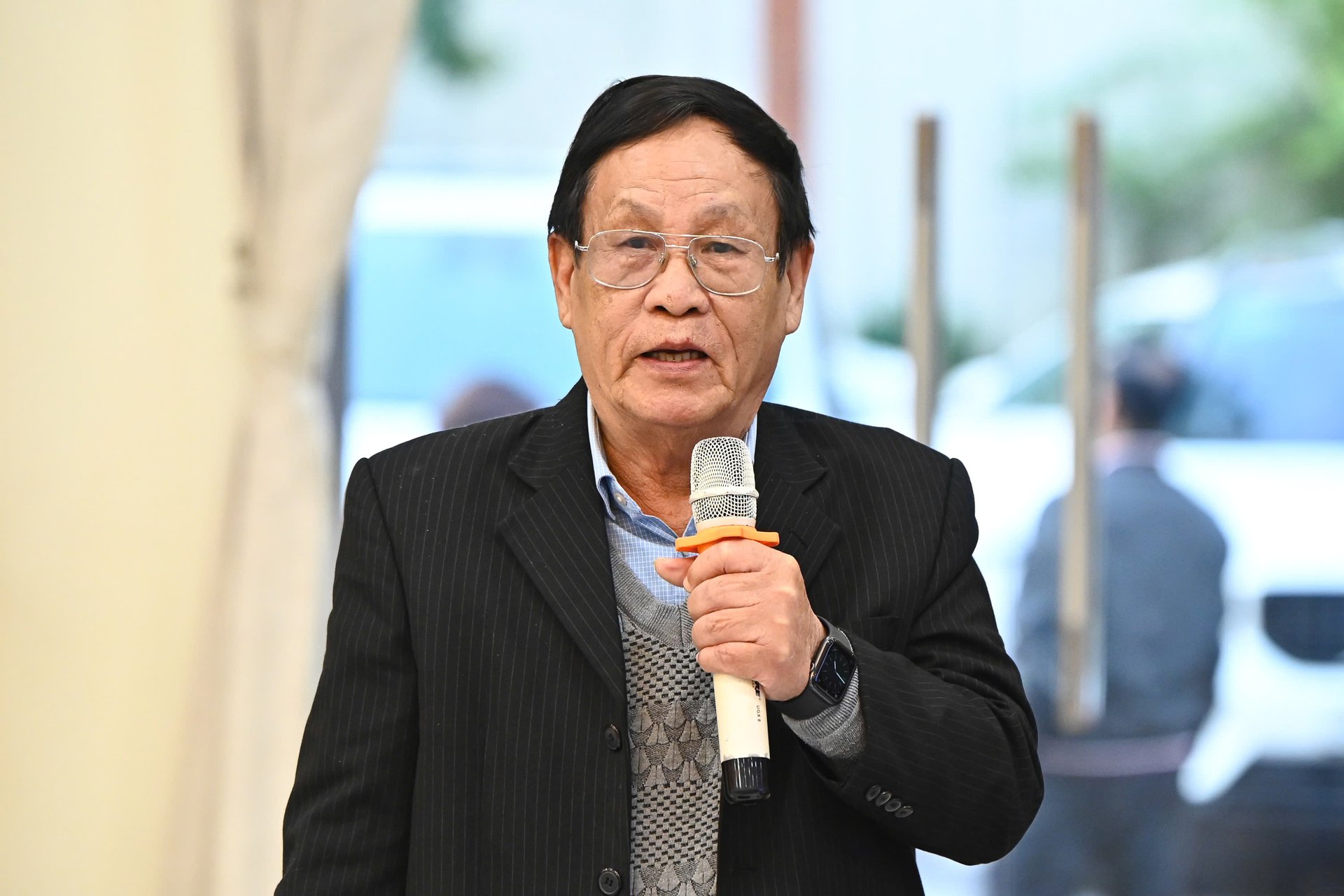
Representative of WATEC Company.
According to WATEC, although the number of stations is high, the uneven distribution causes many areas to have too high a density of stations, while other areas lack equipment, resulting in data that does not accurately reflect rainfall developments in each basin.
WATEC Company representative said that the company's software has compiled and shared data for free with the Department of Irrigation, the General Department of Natural Disaster Prevention and Control and the General Department of Hydrometeorology, to support dam operations and natural disaster prevention.
However, to use the data effectively, there needs to be a focal point agency to control, standardize and distribute data from the stations. WATEC is ready to coordinate when the Sub-Departments continue to be the installation units, while the company provides data to the focal point agency designated by the Department of Irrigation for management.
It is important that the Department provides clear coordinates and basin zoning plans so that businesses can arrange suitable stations, avoid duplication, and ensure the distance between stations for optimal monitoring efficiency.
He also pointed out the major obstacle is the fear of many irrigation units; when receiving the station, they have to perform annual maintenance and periodic inspection, while this is an expense that is not clearly specified in the standards. Some units are also concerned that when the equipment breaks down and they have to wait for replacement from foreign manufacturers, it will cause disruption to the system.
He affirmed that WATEC's stance is always ready to cooperate and provide full data, but what is most needed now is a unified institutional framework to avoid fragmented and duplicated investments, while ensuring that businesses, management agencies and dam operators can use a common source of accurate, continuous and reliable data.
16:30
Bac Ninh wishes to invest in the management and operation of dams.
According to Mr. Vu Ba Thanh, Deputy Director of Bac Song Thuong Irrigation Works Exploitation Company Limited, the application of science and technology in the management and operation of irrigation works in Bac Ninh in recent times has brought positive results, especially during the consecutive storms in 2024.
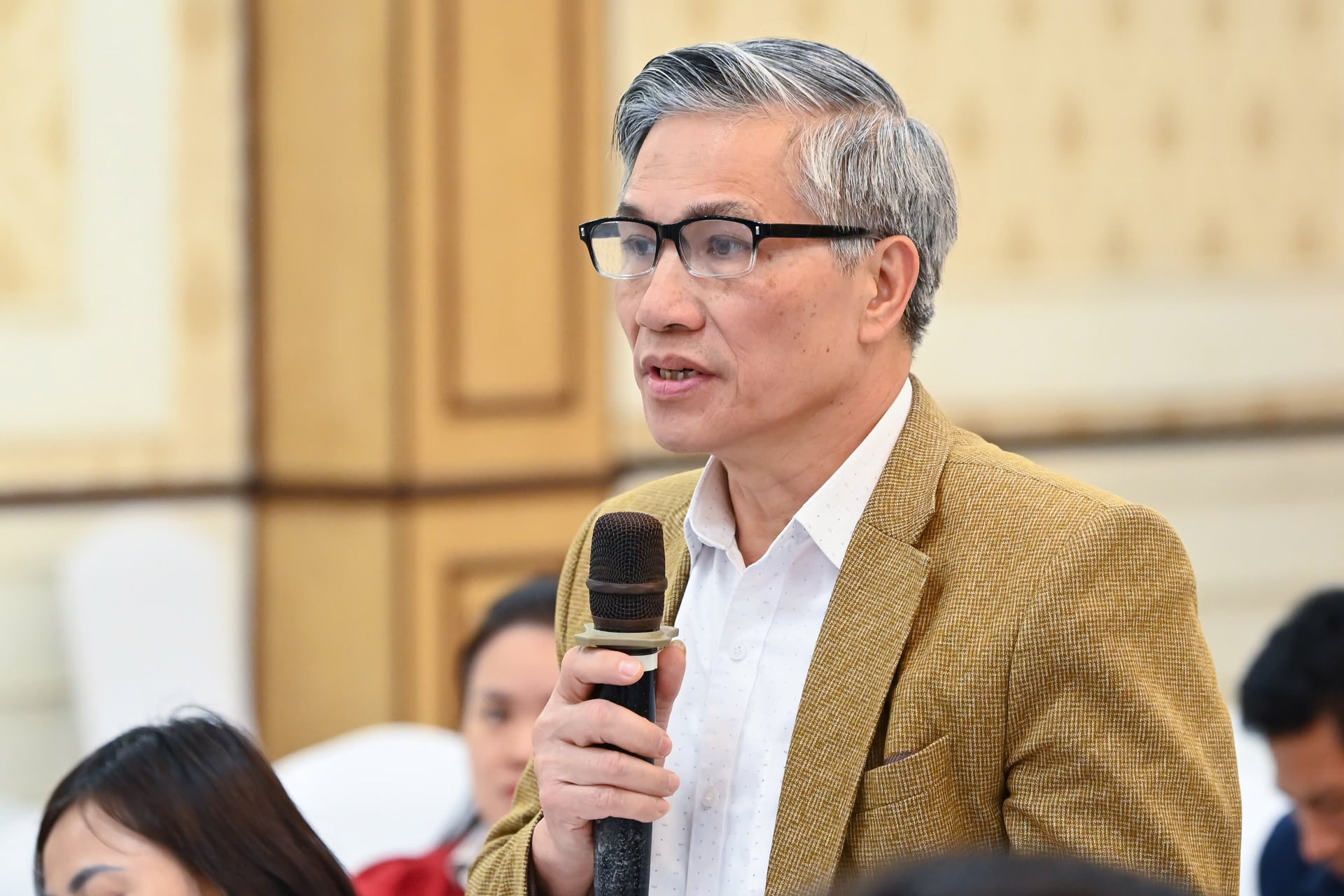
Mr. Vu Ba Thanh, Deputy Director of Bac Song Thuong Irrigation Works Exploitation Company Limited.
The company has installed specialized equipment, combined with calculation software and monitoring systems, to help monitor rain and floods, lake water levels, inflow and outflow flows and construction status, thereby supporting effective operation regulation and reducing risks for the downstream of the Thuong River. Thanks to that, even though the water level on the Thuong River sometimes exceeds the alarm level, lakes such as Cam Son and Khuon Than still operate safely.
However, the application of technology still has many limitations. Many monitoring devices installed outside the construction site are old and do not operate stably. Cameras are easily damaged during floods and lightning strikes. Rain gauges, water level gauges, and flow gauges sometimes lose signal due to bad weather. The existing data system is incomplete and lacks connectivity. Software data is fragmented and unscientific, making it difficult to extract and synthesize for management purposes.
Another major difficulty is the lack of maintenance funding. The costs of operating specialized equipment, repairing damage, replacing components, managing the monitoring network and software are not clearly defined, while the Company's financial resources are limited. Some specialized equipment, especially imported equipment, when damaged, requires a long wait for replacement, affecting the ability to monitor in real time. The Company is also having to enter data into two systems: the irrigation database system (thuyloivietnam.vn) and the system of the Department of Water Resources Management, leading to overlap and wasting time.
Mr. Vu Ba Thanh informed that currently only 3 reservoirs, Cam Son, Khuon Than, Suoi Nua and 1 Cau Son dam, have data integrated into the industry database system, while other reservoirs have not been invested in synchronous monitoring equipment.
The company wishes to add equipment to the remaining 28 lakes and dams. The company is also completing a report proposing a project to renovate and upgrade the management and operation of irrigation works in the period 2026-2030, to be submitted to the Department of Agriculture and Environment, the People's Committee of Bac Ninh province, the Department of Irrigation Construction Management and the Ministry of Agriculture and Environment for consideration.
Mr. Thanh said that reservoirs in the mountainous region of Bac Ninh are often at high risk when heavy rains cause flooding, landslides, or disrupt traffic routes, causing interruptions in inspection and monitoring. Therefore, there is a need for a synchronous solution to improve technological efficiency in management and operation.
Based on the above reality, the Company representative recommends that the Ministry of Agriculture and Environment pay attention to investing in synchronous specialized equipment for the remaining reservoirs. At the same time, build economic and technical standards for the maintenance of monitoring systems, software, cameras and field equipment. Integrate data into a common system, avoiding the need to enter data into many different software. Support the Company in building a centralized management and operation center, meeting modern management requirements.
“The company will continue to apply science and technology and digital transformation to improve management efficiency, ensure dam and reservoir safety, downstream safety and serve local socio-economic development,” Mr. Vu Ba Thanh committed.
16:15
Quang Ninh proposes to complete the budget norms for dam operation
A representative of Yen Lap Irrigation Company Limited said that Quang Ninh province currently has three irrigation management companies, but according to the plan of the Provincial People's Committee, from December they will merge into a single unit, taking over the management of 16 reservoirs, including two large reservoirs with flood control gates. Three large reservoirs including Yen Lap, Cao Van and Khe Giua currently have automatic monitoring equipment, but most of this system is old technology under the WB3 project implemented in the 2008-2009 period.
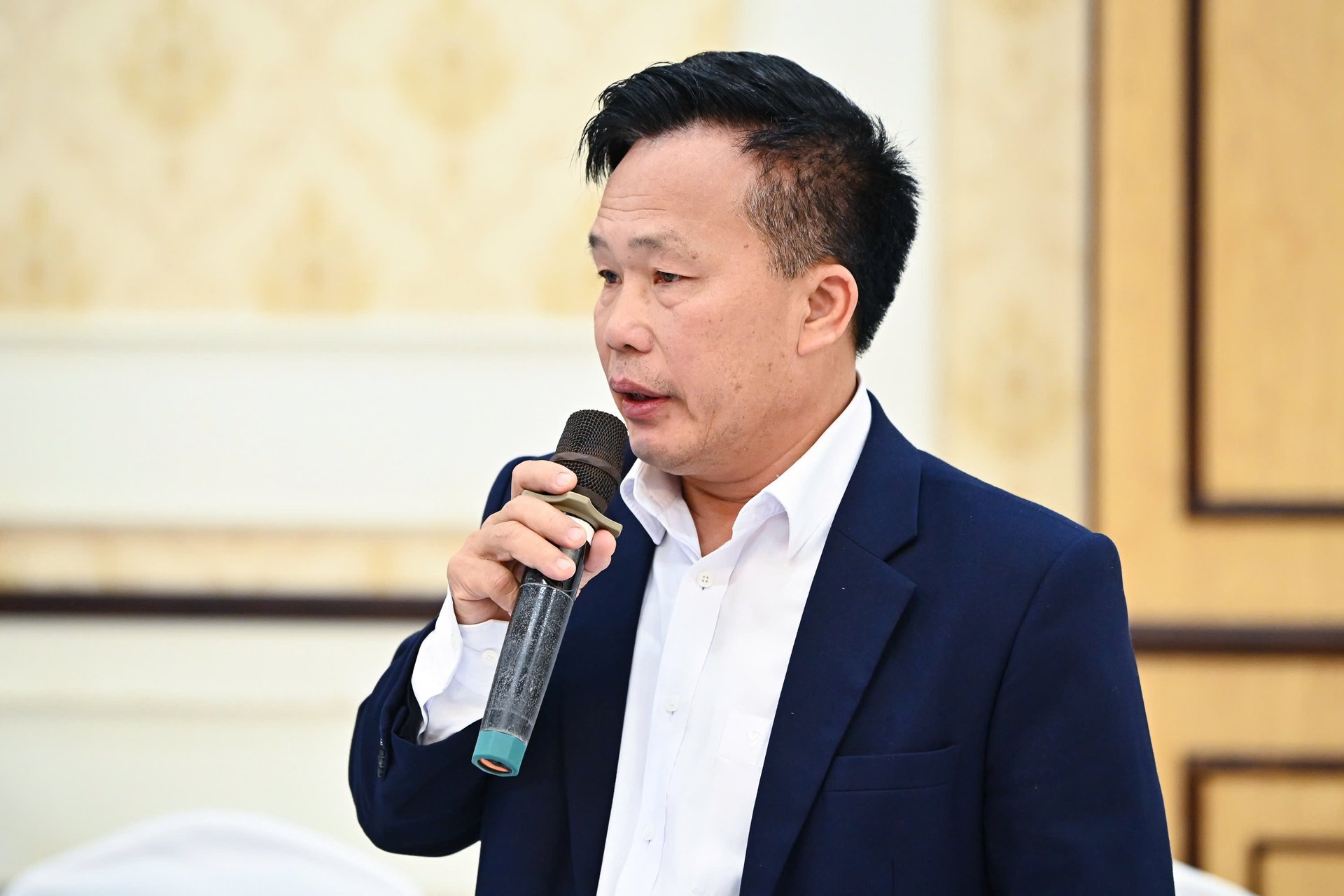
Representative of Yen Lap Irrigation Company Limited.
The unit representative said that the SCADA system and monitoring equipment installed many years ago have now degraded, while the maintenance budget is not within the assigned technical standards, leading to difficulties in maintenance and operation. The need to upgrade equipment, complete the automatic monitoring system and build an operational database is becoming increasingly urgent, especially in the context of increasing extreme weather.
Regarding operations, the company representative said that Quang Ninh has the advantage of having reservoirs located near river mouths, which is convenient for regulation. During the recent Yagi storm, the reservoirs in the system proactively cut off floods, ensuring the safety of the works and downstream areas. Particularly for reservoirs with high risks for more than 1,000 people downstream, the province has built a self-breaking dam model (Fuse Plug) under the framework of the WB3 project, to ensure safety in situations where the reservoirs cannot reduce floods themselves according to the operating process.
The company proposed that the Ministry of Agriculture and Environment consider and issue a new economic and technical framework, which separates the budget for maintenance of the monitoring system and technological infrastructure. This is the basis for the reservoir management enterprise to have enough resources to maintain safe operations, especially when it will soon receive the entire dam system as ordered by the Provincial People's Committee.
16:00
Cao Bang proposes to improve regulations and increase technical support for dam safety
A representative of the Department of Agriculture and Environment of Cao Bang said that the province currently has 23 reservoirs and irrigation dams, classified according to regulations including 16 large reservoirs, 2 medium reservoirs and 5 small reservoirs. The total capacity of the entire system is about 20 million m³, of which the largest reservoir is nearly 37 million m³. Due to the mountainous terrain, many reservoirs have high dams, so they are classified as large projects that must be strictly managed for safety.

Representative of Cao Bang Department of Agriculture and Environment.
However, the actual implementation process in the locality still has many limitations. Up to now, only 13/18 large and medium-sized lakes have had their operating procedures approved by the Provincial People's Committee. Monitoring work is still very thin, the whole province currently has only about 1-2 active monitoring points, while no works are arranged in the national hydrometeorological network. Some lakes were built decades ago by cooperatives themselves, without technical design documents, making safety and operation assessment difficult.
During the recent storms Yagi, No. 10 and No. 11, some reservoirs in the area showed signs of deterioration, although not serious, but still causing panic for people in the downstream areas. The province believes that this is a warning signal about the need to invest, repair and strengthen dam safety monitoring in the context of increasingly extreme weather.
The Department representative proposed that the Ministry and the Department should soon institutionalize detailed regulations, especially regulations on funding for inspection, repair and maintenance, to ensure safety for the construction system. Cao Bang also recommended upgrading technological infrastructure, because most of the constructions are still operated manually; at the same time, it hopes to be supported to apply science and technology in management.
The province expressed its wish to participate in dam safety projects funded by the World Bank and access modern operational support tools, contributing to improving exploitation efficiency and ensuring project safety in the coming time.
15:45
Hydrometeorological and rainfall monitoring systems help Cua Dat reservoir effectively reduce floods.
According to Mr. Le Ba Huan, Head of Construction Management Department, in charge of Cua Dat branch (Irrigation Investment and Construction Management Board 3, Ministry of Agriculture and Environment), the practical operation of Cua Dat reservoir during many major floods shows that the most important lesson is to be proactive, disciplined and based on science.
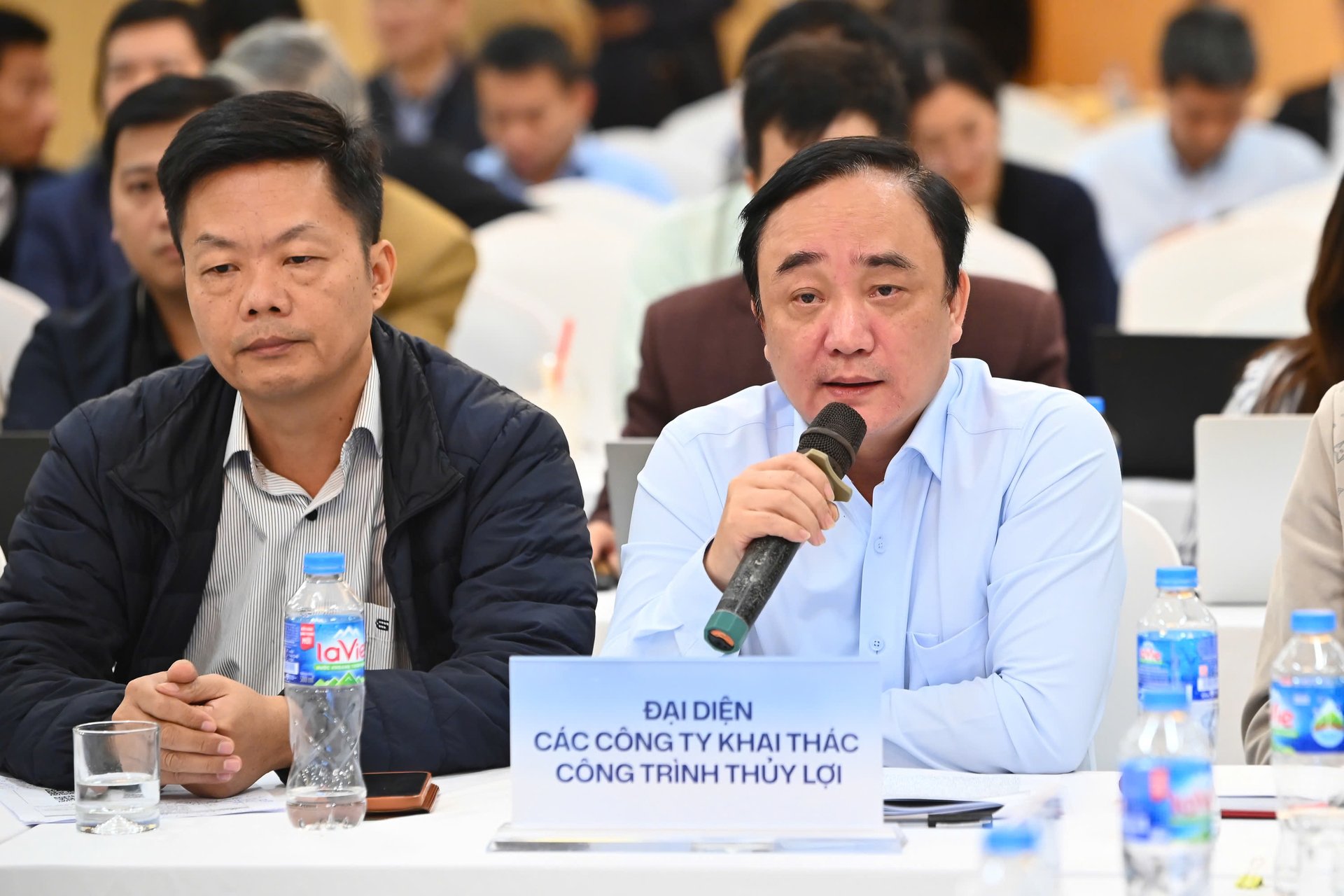
Mr. Le Ba Huan, Head of Construction Management Department, in charge of Cua Dat branch (Irrigation Investment and Construction Management Board 3, Ministry of Agriculture and Environment).
Responding to storms and tropical depressions is only effective when strictly following approved plans and implementing the Inter-reservoir Operation Procedures in the Ma River Basin. In particular, hydrological forecasting and water resources are always the "key" to deciding the ability to safely cut floods.
The optimal forecasting period should be about 5 days, counting from the time of the storm or tropical depression, with full information on the total flood volume and the time of the flood peak. In previous years, when there was no technology, officials had to manually measure in the rain and wind, climbing mountains and wading streams to hydrological stations for many months, which was both arduous and dangerous. Flood forecasting at that time was mainly based on experience, so it was not timely and did not follow the actual developments.
In recent years, Cua Dat reservoir has fundamentally changed its management method. An automatic water level and rainfall monitoring system has been installed; flood forecasting and regulation support software developed by the Vietnam Institute of Water Resources has been put into use; meteorological forecasts are continuously updated from global models such as ECMWF, GFS, and ICON via the Windy platform. Thanks to this, forecasting has achieved higher reliability, helping to manage the reservoir more proactively and effectively in each situation.
“However, construction management units are still facing difficulties in signing contracts for software rental and equipment inspection services due to the lack of specific pricing and standards. Therefore, the unit recommends that the Ministry of Agriculture and Environment soon issue regulations to remove this bottleneck,” Mr. Le Ba Huan suggested.
Based on reliable forecasts, Cua Dat reservoir proactively released floodwaters during many major storms. With storm No. 3, the reservoir cut 530 million m³, reducing the flood peak by 3,546 m³/s. With storm No. 5, the discharge before the storm created an additional 192 million m³ of flood-cutting capacity; when the storm made landfall, the reservoir continued to cut 219 million m³, reducing the flood peak by more than 3,000 m³/s. Similarly, before storm No. 10, the reservoir proactively lowered the water level by nearly 4.3 m, creating an additional 116 million m³ of storage capacity; when the storm arrived, the reservoir cut another 145 million m³, reducing the flood peak by nearly 4,000 m³/s.
During the operation, the management unit maintained continuous communication with the construction management units in the Chu River basin, the hydrometeorological agency, local authorities and disaster prevention forces to update water levels, flood flows, downstream flooding and tides. Providing timely information to the press also helps people proactively respond, ensuring the safety of life and property.
In fact, Cua Dat reservoir still has a large capacity for flood prevention, especially from elevation +110.0 m and above. Therefore, Committee 3 proposed that Thanh Hoa province consider allowing flexible use of this capacity, equivalent to 257.2 million m³, to improve flood control capacity and minimize damage to downstream areas in increasingly extreme flood situations.
15:30
Need to innovate reservoir operations and increase coordination between irrigation and hydropower
After the break, the Forum proceeded to the discussion session. Mr. Nguyen Tung Phong, Director of the Department of Management and Construction of Irrigation Works (Ministry of Agriculture and Environment), said that the recent heavy rains and floods have exposed many issues that need to be re-evaluated in both forecasting and inter-reservoir operation.

Mr. Nguyen Tung Phong, Director of the Department of Irrigation Works Management and Construction (Ministry of Agriculture and Environment).
Mr. Phong raised the key question: Should the lake water level be maintained at the normal level as per the current process, or should it be lowered to increase flood capacity in the context of increasingly erratic weather?
According to him, the decision on water level before the flood must be based on scientific basis because it is directly related to the safety of the construction, the safety of downstream areas and the need to store water for production. In fact, recent floods show that the flood prevention capacity is not as large as before.
Emphasizing the role of forecasting, Mr. Phong said that many units still depend on international forecasting models, while scientists have recommended the need for specialized forecasting models for each reservoir basin. This is a prerequisite to improve forecasting accuracy in the context of climate change, which makes floods more unpredictable and easily exceeds old design parameters.
Referring to the capacity and coordination capacity of inter-reservoirs, he said that the total capacity of more than 7,000 irrigation reservoirs is only about 15.5 billion m³, while many hydroelectric reservoirs have a capacity many times larger. Therefore, if the hydroelectric system participates more actively in flood prevention tasks, the effectiveness of downstream protection will be significantly increased, especially during "historic" heavy rains.
Mr. Phong emphasized that today's reservoirs are multi-purpose projects: ensuring the safety of the project, the safety of downstream areas, and maintaining water supply for production - daily life and electricity generation. Therefore, the management - operation method must also be interdisciplinary, and cannot be approached separately for each field. He cited the example of operating a reservoir on the Cau River that can affect the Thuong River, or regulating the Da River that affects traffic and production in the Red River Delta. This shows that it is necessary to operate on a scale of the entire river system, instead of being limited to a small basin.
Discussing the upcoming orientation, Mr. Phong said that the irrigation sector must update its rain-flood database, design parameters and dam safety standards to match new extreme weather values. Digital transformation does not stop at digitizing data, but must help the sector solve practical problems: flood forecasting, calculating flood storage capacity and supporting real-time decision-making. The Ministry of Agriculture and Environment is accepting local proposals, such as Thai Nguyen's proposal to adjust normal water levels to increase flood storage capacity.
Mr. Phong emphasized that close coordination between irrigation and hydropower, along with the application of new technology and modern data, will be the foundation to ensure downstream safety and serve socio-economic development in the context of increasingly extreme climate.
14:45
Building a risk database at medium and small dams using the DRAPT method
At the Forum, Associate Professor Dr. Ho Sy Tam, Head of the Department of Science, Technology and International Cooperation (Water Resources University), introduced the construction of a database for rapid risk assessment of small and medium dams using the DRAPT method (Dam - Rapid - Assessment - Prioritisation - Tool), within the framework of the Vietnam - New Zealand Dam Safety Project.
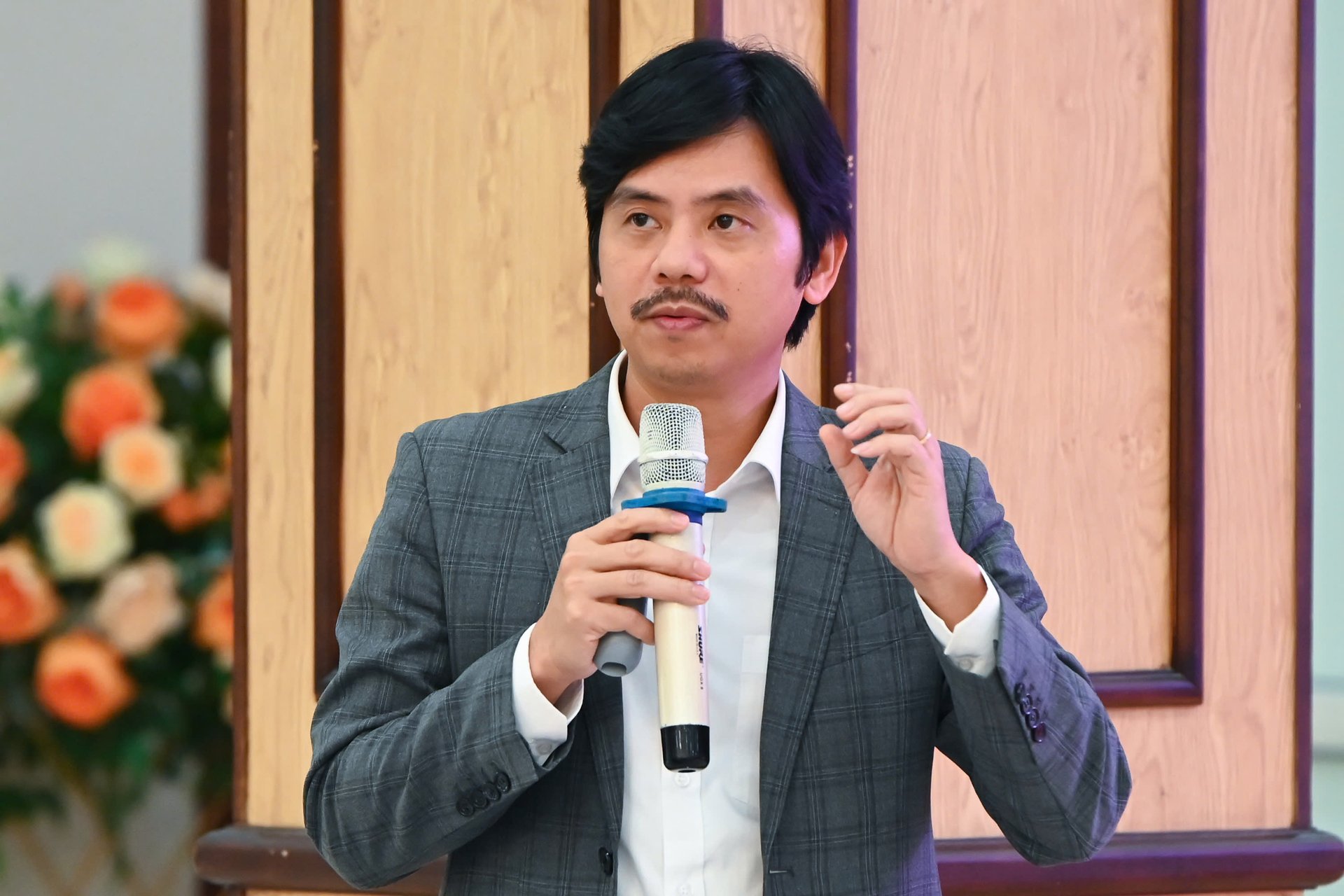
Assoc. Prof. Dr. Ho Sy Tam, Head of Department of Science, Technology and International Cooperation (Water Resources University).
Currently, Vietnam has about 7,000 dams, many of which have degraded and their flood control capacity no longer meets requirements. Most of these dams are located upstream, while downstream are residential communities or densely populated areas. The risk of dam safety comes from the possibility of damage and the extent of damage if an incident occurs, thereby forming dam safety risks.
Associate Professor Dr. Ho Sy Tam said that the DRAPT tool was developed to provide an assessment method based on field evidence and determine the priority order of investment in repairing and upgrading dams in Vietnam. DRAPT was built in the period 2017-2018 by dam safety experts and has been tested on more than 200 dams nationwide.
This tool supports the initial assessment of the dam’s current condition through site surveys, spillway capacity, consequences of failure, potential failure modes, and the level of dam safety risk. The assessment results allow the management agency to make informed decisions about further investigation or additional investment to reduce risks.
DRAPT can be applied to a large number of dams within a commune, a water resources exploitation company or a province. The assessment process consists of 5 steps:
- Survey the dam and record the entire status and any abnormalities.
- Preliminary assessment of downstream impacts, flood extent if dam breaks and population at risk.
- Estimated design flood capacity.
- Identify the types of dam failures that may develop.
- Synthesize results to determine dam safety risk level.
To date, DRAPT has proven effective when applied to nearly 150 dams in Nghe An and Ha Tinh and is continuing to be deployed to 85 dams in Quang Binh, Hue and Dak Lak.
Representatives of the University of Water Resources emphasized the need for digital transformation in dam safety management in general and with the DRAPT tool in particular due to the large number of dams, data needs to be updated at least once a year, and the list of priority dams must be monitored regularly.
In addition, digitalization will help shorten the time for collecting and processing information. At the same time, it will facilitate decentralization and delegation of authority in dam safety assessment work.
14:30
Promoting investment in data transmission infrastructure for monitoring systems
Dr. Ha Ngoc Tuan, Chief Representative of Weather Plus in Vietnam, introduced the system of tools to support reservoir operations that his unit and partners have built over the years.
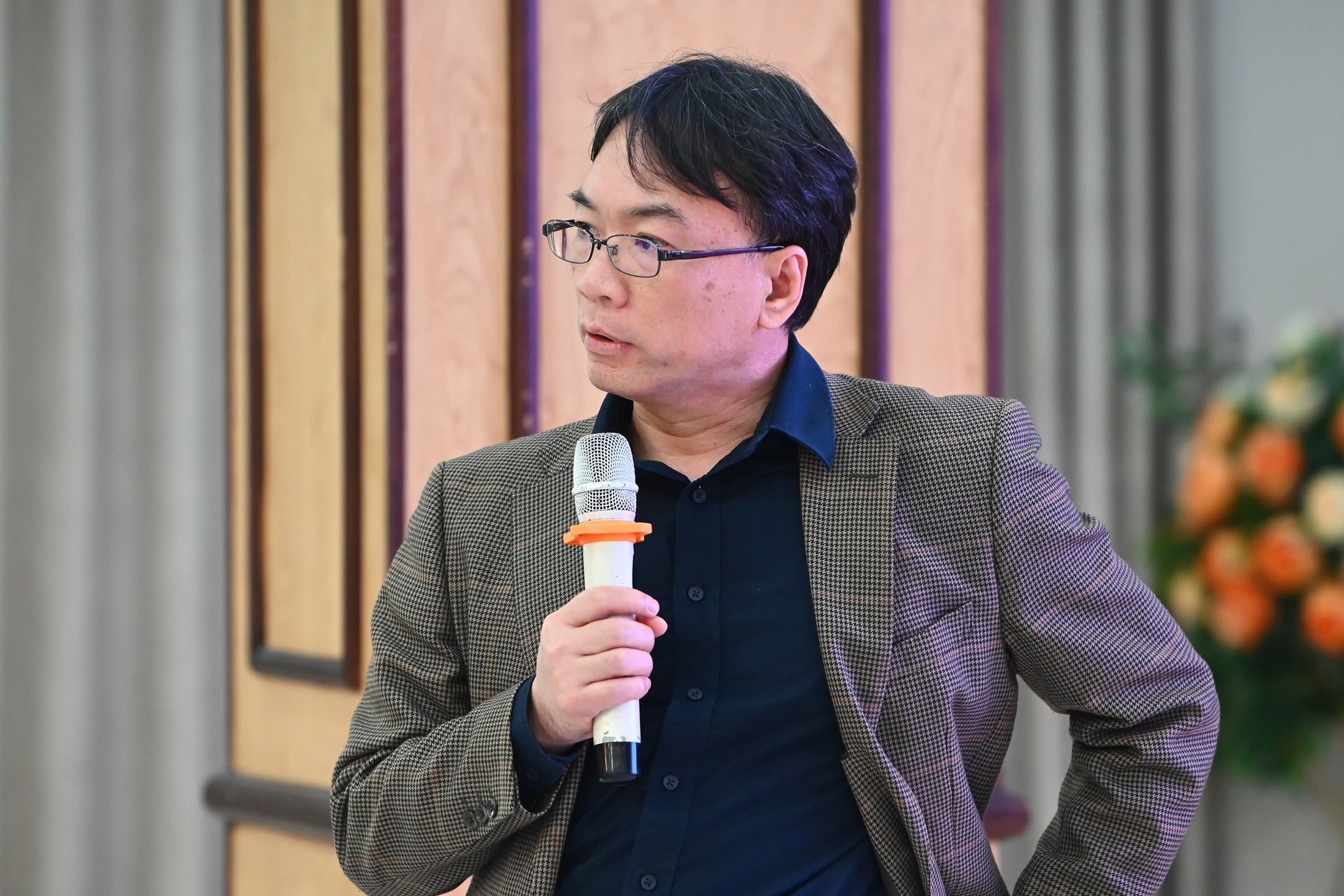
Dr. Ha Ngoc Tuan, Chief Representative of Weather Plus in Vietnam.
According to him, the system's goal is to help reservoir management units in Vietnam make decisions in the increasingly extreme flood conditions, especially in the Northern and North Central regions - which have just experienced a series of storms and tropical depressions in July and August this year. Focusing on the Chu - Ca river basin with a total reservoir capacity of about 1.6 billion m³ of water, including many large reservoirs such as Cua Dat and a series of medium and small hydroelectric reservoirs, Dr. Tuan said the problem is to both ensure dam safety and minimize flood risks for downstream areas.
He said that the traditional way of operating based on only one water level control point in the downstream has been effective for decades, but is no longer suitable when climate change changes the rules of rain and floods. The new trend is to simultaneously monitor the changes in water levels and flows to the upstream reservoirs, and calculate in real time to decide the optimal pre-flood water level for each reservoir.
On that basis, Weather Plus coordinated to build a system consisting of three pillars: a specialized rainfall monitoring network in the basin; rainfall and flow forecasting models calibrated specifically for each area; and software to support reservoir operations.
The software has two layers: a single-reservoir layer that visualizes data, water level and flow patterns, and operational scenarios for each reservoir; and a basin-wide integration layer that allows reservoirs to be linked together, incorporating hydraulic and optimization algorithms into the operational chain. The system has a “knowledge module” where experts directly analyze data and make recommendations, instead of leaving it entirely to the computer.
Dr. Tuan gave the example of a recent flood in the Chu River basin. Thanks to a denser network of rain monitoring stations and a forecasting model specifically designed for this area, his team came up with two lake flood scenarios with an expected flood peak of about 6,000 m³/s and a total water volume of about 700 million m³.
The reality then almost coincided with the high scenario, helping hydroelectric plants and reservoirs proactively cut floods, avoiding water levels rising beyond the safety threshold, protecting both the works and the downstream area. The forecasting system was assessed to have a success rate of over 80% with heavy rains in the North Central region during the recent flood season.
However, he also pointed out the major limitation of the risk of losing data transmission signals when strong storms hit, causing the monitoring system to be "blind" in information at the most important times. Based on that reality, Dr. Tuan recommended that the irrigation industry needs to invest in a more independent and stable data transmission infrastructure, similar to the way the electricity industry builds its own transmission system.
He emphasized that only when combining appropriate operating methods, dense enough data and reliable calculation tools, can digital solutions truly be effective in ensuring reservoir safety and minimizing flood damage.
14:15
Learning from the experience of the smart management system of the Yangtze River basin (China)
Sharing about the Smart Operation Model of the reservoir system serving disaster management in the Yangtze River Basin (China), Prof. Dr. Nguyen Quoc Dung, Permanent Vice President of the Vietnam Association of Large Dams and Water Resources Development, emphasized that this system has become the "backbone" in managing the basin of the longest river in Asia.
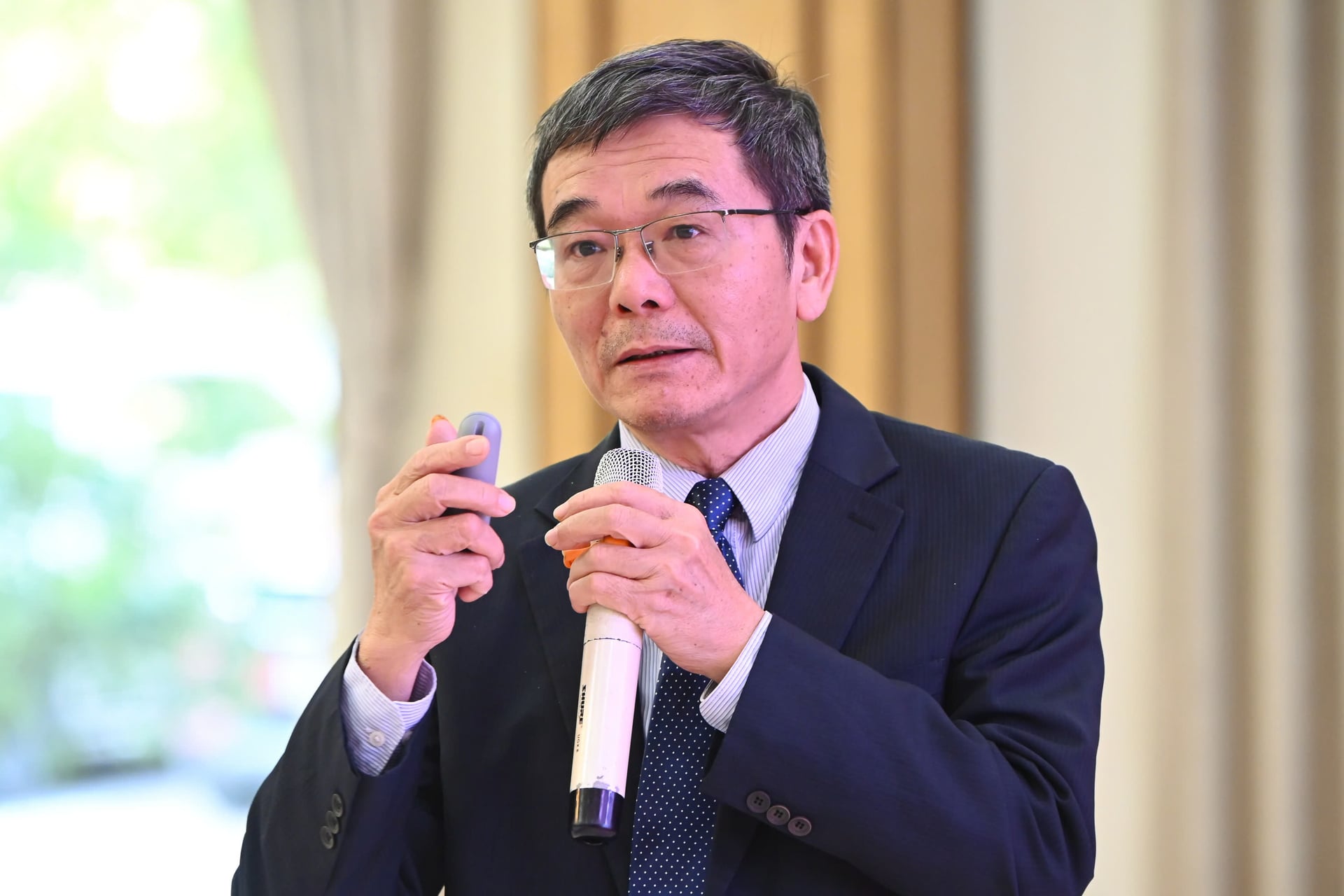
Prof. Dr. Nguyen Quoc Dung, Permanent Vice President of the Vietnam Association of Large Dams and Water Resources Development, said that we can learn from the experience of the smart management system of the Yangtze River basin (China).
Here, extreme weather occurs more frequently, causing heavy damage to production and life. The more socio-economic development, the more natural disaster risks increase. Therefore, China is forced to combine comprehensive engineering and non-engineering measures, especially the operation of the reservoir system.
The historic flood of 1954 on the Yangtze River, with a total volume of 102.3 billion m³, had far-reaching consequences. When simulating the regulation using the Operational Support System (DSS), the amount of excess floodwater that had to be released could be reduced to 35 billion m³; if more irrigation projects were optimized, that number would be reduced to about 30 billion m³. This means reducing the use of flood storage areas, avoiding major damage to people and property. Currently, the basin has 40 large reservoirs with a total flood prevention capacity of 57 billion m³, creating the foundation for a regulation system of unprecedented scale.
DSS plays a central role in flood forecasting and reservoir operations. The system describes the structure of the structures, the operational objectives and the relationships between them, thereby creating the underlying operating procedures. Thanks to data mining technology, artificial intelligence and big data, DSS is capable of automatically assessing flood situations and making real-time regulation suggestions. Location-based services help warn and guide people in affected areas.
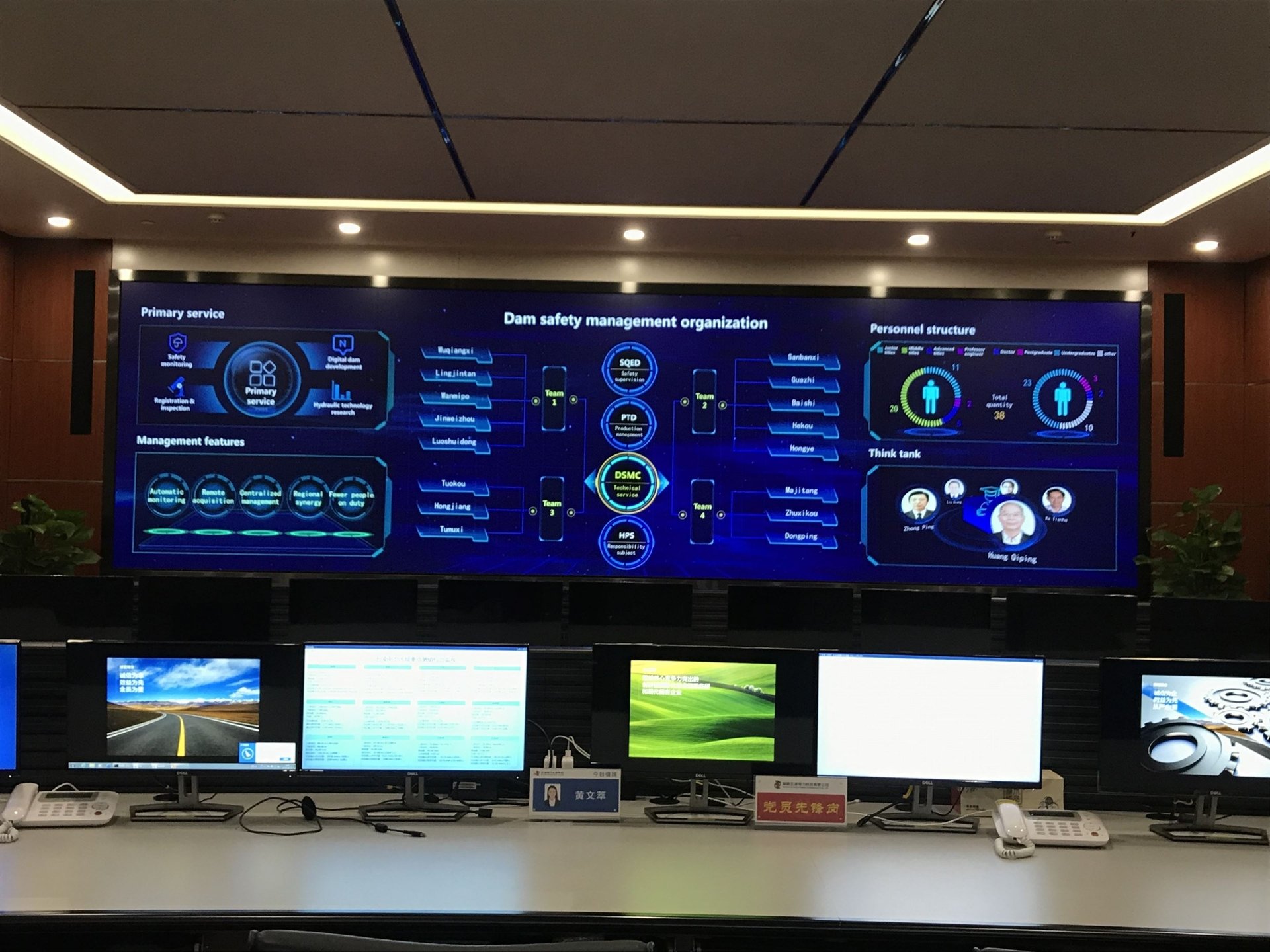
Hydropower project safety monitoring center in China. Photo: EVN .
DSS has become an important tool for multi-purpose regulation: flood control, water supply, hydropower, navigation and ecosystem protection. Experience from the Yangtze has helped China develop the “Annual Joint Coordination Plan for Reservoir Groups”, approved by the Ministry of Water Resources for 2018 and 2019, and expand this model to other basins.
However, developing a widely applicable regulatory framework remains challenging; machine learning is being explored to learn from historical operating scenarios to support decision-making in rapidly changing conditions.
Mr. Dung said that Vietnam has been interested in building DSS for many years and in fact, this tool has shown to effectively support the operation of reservoirs, inter-reservoirs and natural disaster prevention. However, with the increasing requirements for dam safety, downstream safety and optimal water exploitation in the context of extreme climate, Vietnam needs a smarter, more modern operational support system, capable of meeting the new challenges of water resource management.
14:00
Enhancing data and technology for safe irrigation operations
Speaking at the forum, Dr. Nguyen Van Manh, Head of the Science and Technology Department (Institute of Water Resources Planning), emphasized that the operational context is increasingly complicated when the whole country has about 6,800 reservoirs, but only 300 reservoirs account for 80% of the regulated capacity and only about 200 reservoirs have active sluice gates. Meanwhile, extreme floods in the period of 2024-2025 continue to put great pressure, forcing the irrigation sector to improve its forecasting, monitoring and operation capacity.
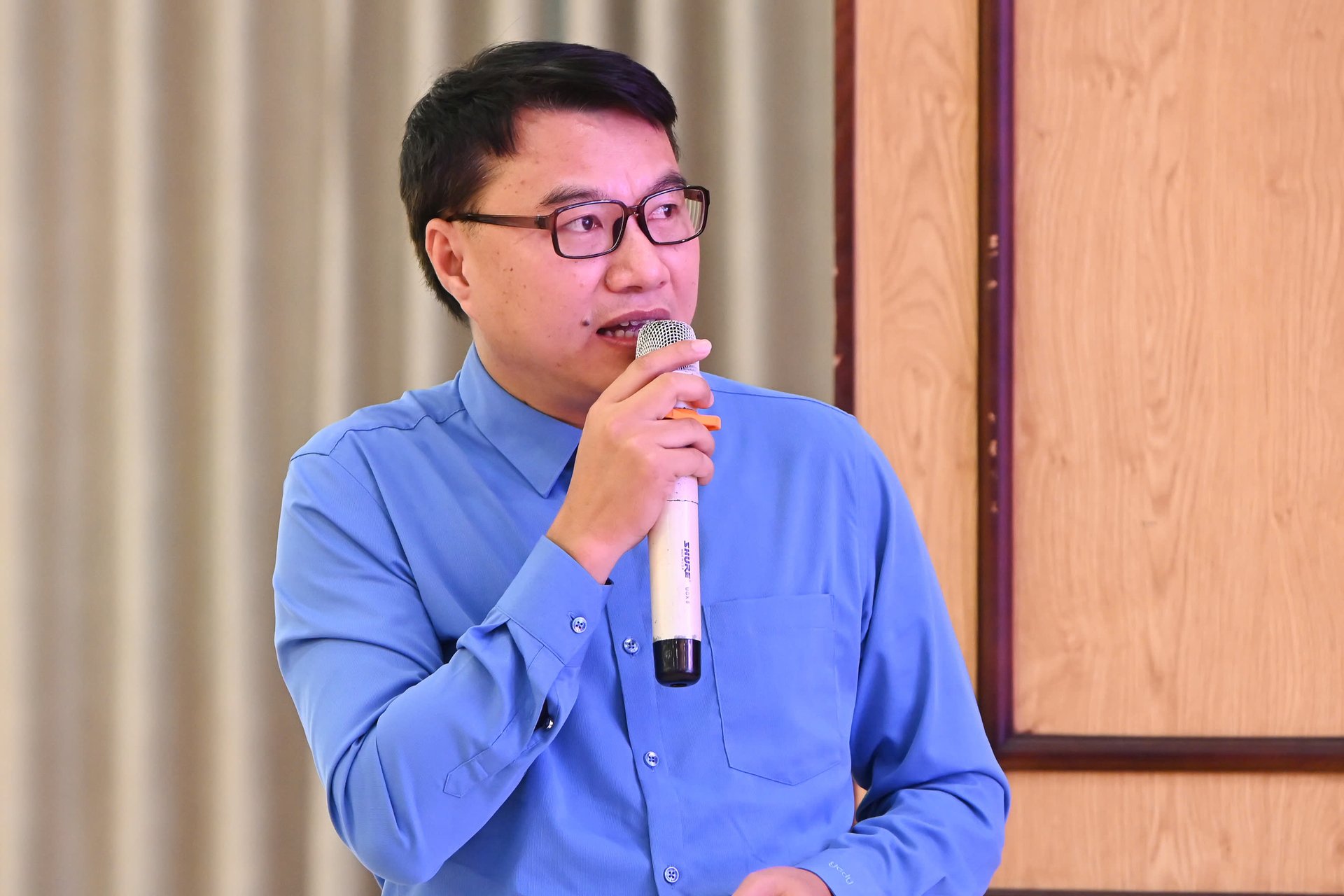
Dr. Nguyen Van Manh, Head of Science and Technology Department (Institute of Water Resources Planning), presented on the current status of technology and database application in supporting the operation of irrigation works.
The Institute of Water Resources Planning currently maintains many important databases, including the dam-reservoir safety system, irrigation operation data with 45,000 identified works, along with an information network from the Vrain rain gauge system (more than 2,600 stations) and national hydrometeorological data. The Institute's data warehouse includes data on water resources, reservoir water levels and upstream and downstream flows, serving the calculation model, hydraulic simulation and flood forecasting.
Dr. Manh said that the Institute's expert groups are organized by basin, operating floods daily or on demand. The MIKE NAM and HEC-HMS rainfall-flow models calculate and forecast the amount of water flowing into the lake after each rain, while Mike11, Mike Flood, and HEC-ResSim support the simulation of lake regulation and downstream calculations. These results help build flood warning bulletins, flood maps, and propose optimal operating scenarios for dozens of large lakes such as Cua Dat, Ngan Truoi, Ta Trach, or the Red - Thai Binh river system.
However, the quality of forecasts still depends largely on rainfall data and expert experience, causing errors in flood peaks and flood times in some specific events. Current models are also considered outdated and need to be upgraded to keep up with the pace of climate change and increasingly stringent operational requirements.

Staff of Water Resources Engineering Development and Consulting Joint Stock Company (WATEC) are checking the automatic rain gauge station and the excess rain warning station.
To overcome this, Dr. Manh proposed building a large database for the entire industry according to international standards, standardizing the identification of works and the data sharing process from central to local levels. The irrigation industry needs to connect and share data synchronously with the national hydrometeorological system, the Vrain automatic rain gauge network and weather platforms such as WeatherPlus. This helps ensure that all operating units have the same input data source, limiting errors in calculations.
Along with that, the industry needs to promote the application of artificial intelligence (AI) to quickly analyze rain and flow data and support forecasting. Dr. Manh emphasized that the decisive factor is still human. The team of experts must be maintained to operate the model regularly, even during times when there are no floods, to continuously check and calibrate data and ensure the system is always ready. Only then will the quality of forecasting be improved and the response to natural disasters be truly proactive.
13:45
Standardizing reservoir system data to respond to extreme floods
Sharing at the Forum, Mr. Phan Tien An, Head of the Dam and Reservoir Safety Department (Department of Irrigation Works Management and Construction, Ministry of Agriculture and Environment), said that the management and operation of dams and reservoirs are facing new pressure as extreme rain and floods occur more frequently.
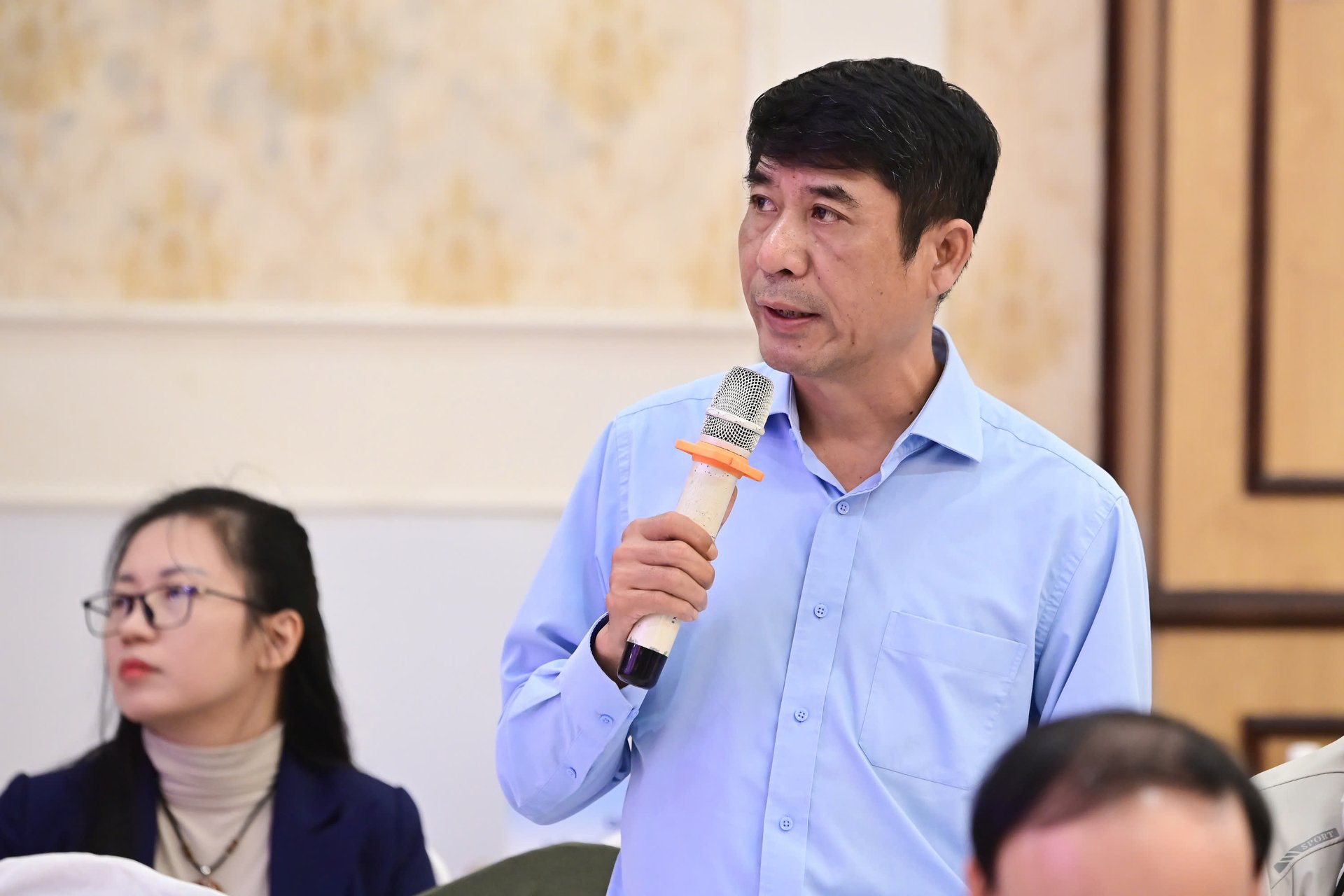
Mr. Phan Tien An, Head of Dam and Reservoir Safety Department (Department of Irrigation Works Management and Construction, Ministry of Agriculture and Environment).
The country currently has more than 7,300 dams and reservoirs, which play a role in ensuring irrigation water, providing water for daily life and creating sources for many economic sectors. Thanks to the attention of all levels, the 2025 flood season, although violent, did not cause any major incidents, and the large reservoirs operated relatively reasonably.
However, behind that are a series of long-standing difficulties, especially in the group of medium and small reservoirs managed by localities. The rate of implementation of mandatory requirements on dam safety remains very low: only 30% of reservoirs have emergency response plans, 9% have been safety inspected and only 19% have installed monitoring equipment. Many reservoirs do not have operating procedures or protective markers, leading to the risk of insecurity when floods come unexpectedly.
The biggest challenge at present is the lack of complete technical data and a synchronous technology system. The Ministry's reservoir database was built in 2016, but only about 900 reservoirs have complete parameters. Most localities still manage manually using Excel or separate documents; data is not updated or connected, making it very difficult to synthesize for direction. The specialized hydrometeorological monitoring system is still lacking and outdated; many reservoirs lack rain stations across the basin, and monitoring data is unstable.
Meanwhile, recent years have seen irregular rainfall and storms. Flood escape space has been narrowed by rapid urbanization, and drainage infrastructure has not kept up. Inter-reservoir coordination remains a major “blind spot”: hydroelectric and irrigation reservoirs share limited data, and there is no unified coordination mechanism across basins. Many reservoirs’ operating procedures are outdated but have not been updated due to lack of tools and real-time data.
The drainage and flood prevention capacity of many downstream areas is beyond tolerance, while the warning system in small lakes is still mainly manual. Information technology infrastructure is not strong enough to process big data; investment resources are too limited, only meeting about 11.8% of maintenance needs and mainly used for repairing works, there is no funding for technology.
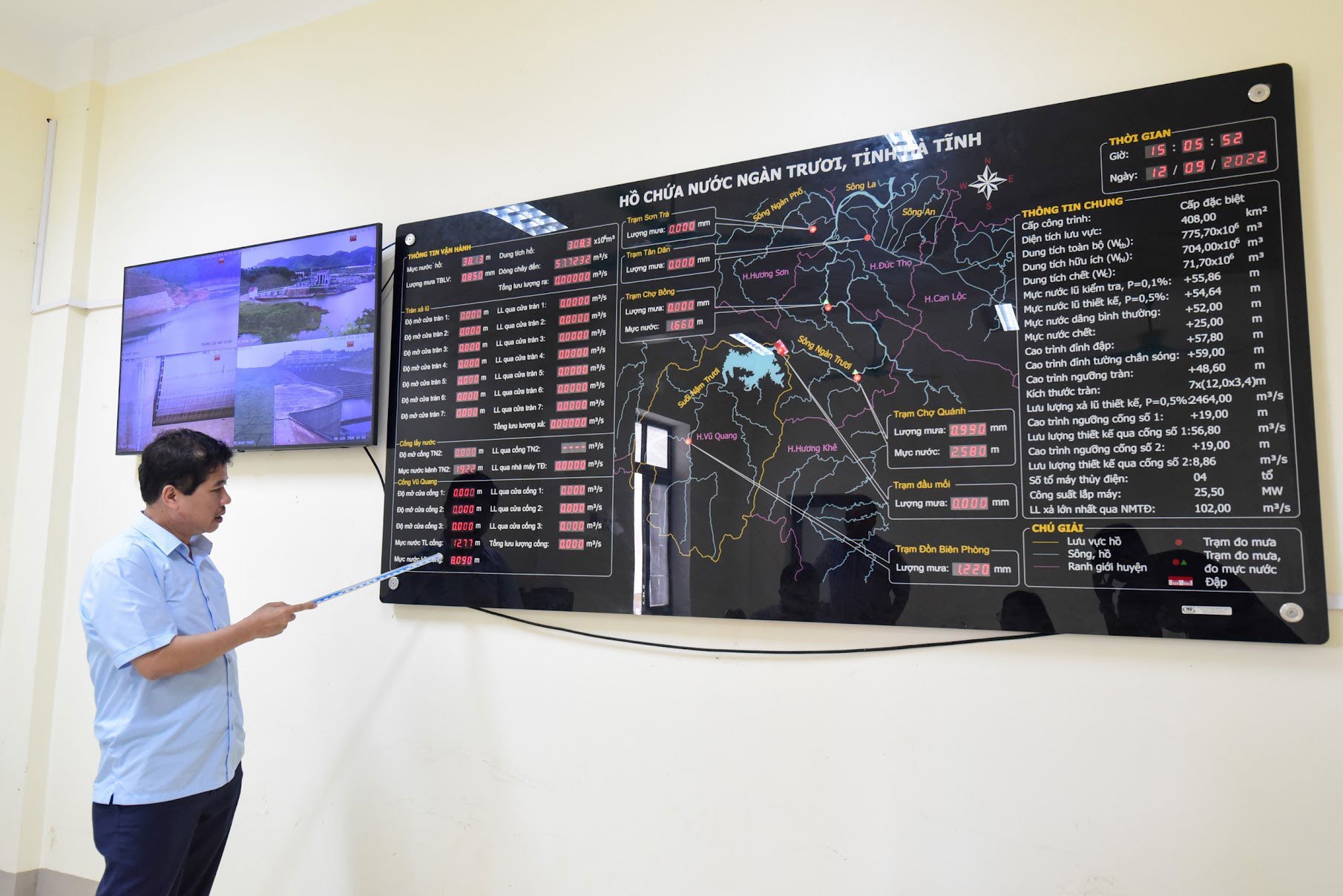
It is necessary to strongly promote digital transformation and technology application in the entire reservoir management chain. Illustrative photo .
To address these shortcomings, Mr. An believes that it is necessary to strongly promote digital transformation and technology application in the entire reservoir management chain. First of all, it is necessary to perfect institutions, amend legal regulations, and issue common standards for databases, monitoring, and operating software. Industry databases must be standardized and operated according to the principle of shared use, allowing localities to use their own software but requiring connection via standard APIs.
At the same time, it is necessary to invest in or hire modern monitoring services, build automatic warning systems, improve staff capacity in data analysis and operate new technologies. Adding economic and technical standards for investment in IoT, monitoring software, AI and cloud computing will create a basis for localities to make more unified estimates and implementation.
Mr. An affirmed that when data is standardized, monitoring systems are complete and decision support technology is widely applied, reservoir operations will be safer, more timely and meet the requirements of an increasingly severe climate change period.
13:30
Reservoirs act as 'shields', ensuring water resources and community livelihoods.
Speaking at the Forum “Digital transformation, science and technology in dam and reservoir operations” on the afternoon of November 21, Mr. Vu Minh Viet, Deputy Editor-in-Chief of Agriculture and Environment Newspaper, said that the event took place in the context of severe floods causing severe damage in many regions across the country. The Central region, Khanh Hoa and Dak Lak continue to face serious flooding, while many northern provinces have just experienced historic floods. Damage to people and property has reached tens of thousands of billions of VND.
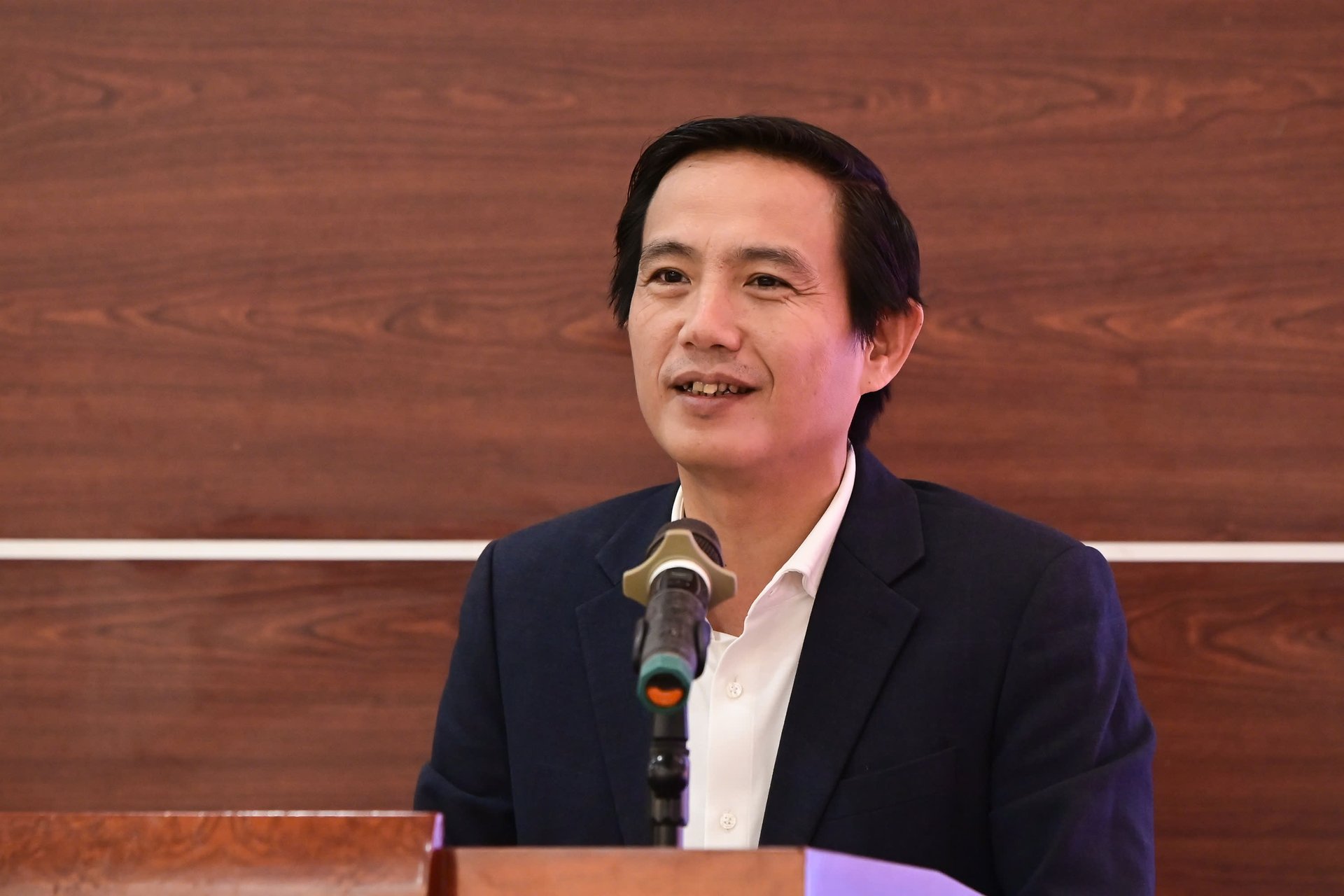
Deputy Editor-in-Chief of Agriculture and Environment Newspaper Vu Minh Viet emphasized that extreme rain and floods pose an urgent need for digital transformation in reservoir operations.
According to Mr. Viet, heavy rains in the upstream are putting great pressure on the management and operation of the dam and reservoir system, raising a series of questions about accurate flood regulation, ensuring safety of works and providing timely and accurate information in emergency situations. He emphasized that only by promoting digital transformation and applying science and technology in operations can these challenges be effectively resolved. “This must be considered a breakthrough solution and top priority,” he said.
The leaders of the Agriculture and Environment Newspaper emphasized that reservoirs are not only irrigation works but also play the role of a "shield" to protect residents, ensure water security and contribute to socio-economic development. However, many works have been built for a long time, the information and forecasting system is not synchronized, requiring the irrigation sector to strongly transform, taking advantage of the achievements of the Fourth Industrial Revolution.
Mr. Viet highly appreciated the significance of the Forum in the context of the industry implementing Resolution 57 on scientific and technological breakthroughs and digital transformation; implementing Conclusion 36 of the Politburo on dam and reservoir safety; and Decision 1595 of the Prime Minister on modernizing the management and operation of irrigation reservoirs. These orientations are considered important corridors to improve risk warning capacity and proactively respond to floods.

Reservoirs are not only irrigation works but also play the role of "shield". Illustration photo .
The Deputy Editor-in-Chief of the Agriculture and Environment Newspaper outlined six main objectives of the Forum: unifying awareness of the urgency of digital transformation in the face of extreme floods; sharing domestic and foreign technological experiences; proposing solutions to improve legal and technical standards; building a suitable roadmap for each group of reservoirs; promoting inter-sectoral coordination and socializing hydrometeorological data; and ensuring the provision of accurate and timely information to people in dangerous situations, avoiding panic.
Mr. Viet also suggested that experts, management agencies and technology enterprises focus on in-depth discussions on the current status of technology application, the ability to replicate smart operating models, difficulties in mobilizing resources and practical proposals to build a synchronous digital transformation ecosystem for the irrigation industry.
Source: https://nongnghiepmoitruong.vn/chuyen-doi-so-ung-dung-cong-nghe-trong-van-hanh-bao-dam-an-toan-ho-dap-d785638.html


![[Photo] Next to the "mountain of trash" after the flood, Tuy Hoa residents strive to rebuild their lives](/_next/image?url=https%3A%2F%2Fvphoto.vietnam.vn%2Fthumb%2F1200x675%2Fvietnam%2Fresource%2FIMAGE%2F2025%2F11%2F24%2F1763951389752_image-1-jpg.webp&w=3840&q=75)





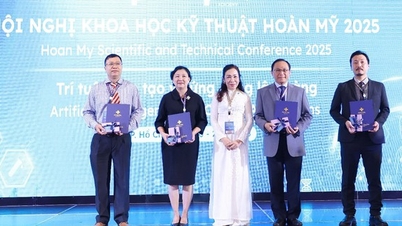





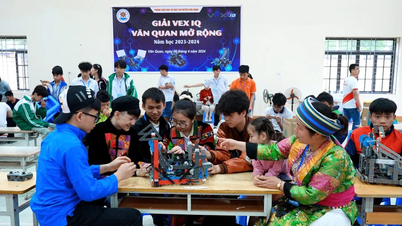



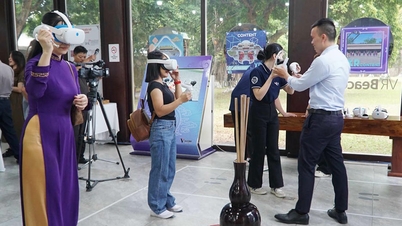



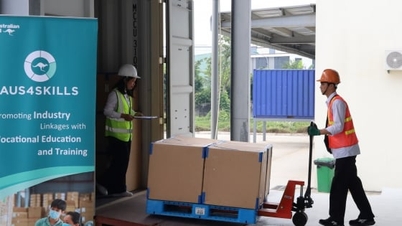



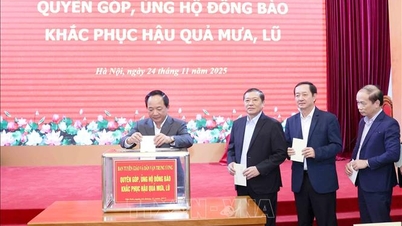




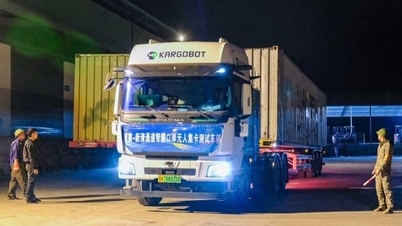



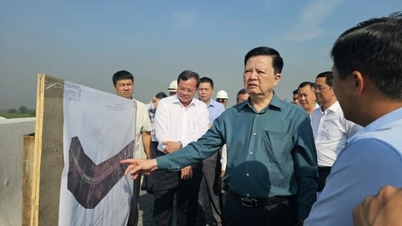











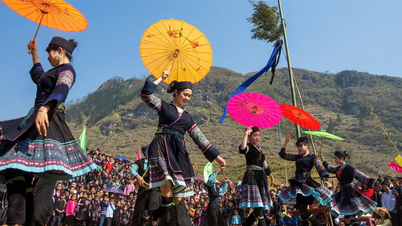






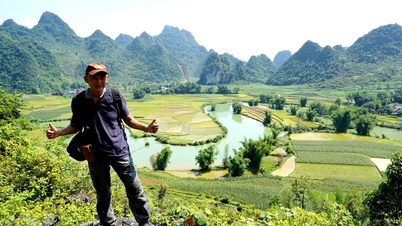

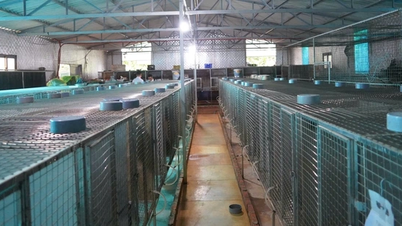


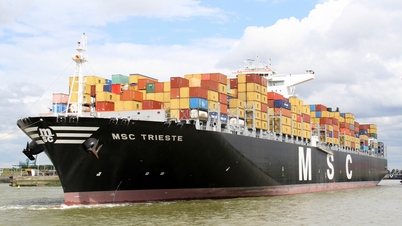





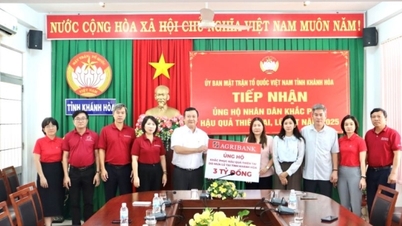



















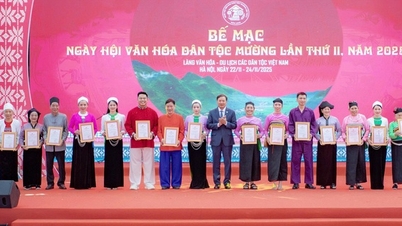


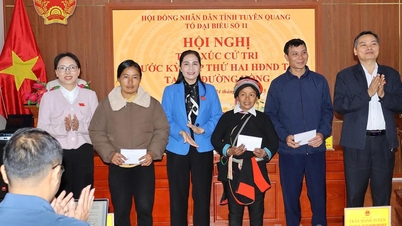



















Comment (0)